Bird Park Riparian Zone Rehabilitation
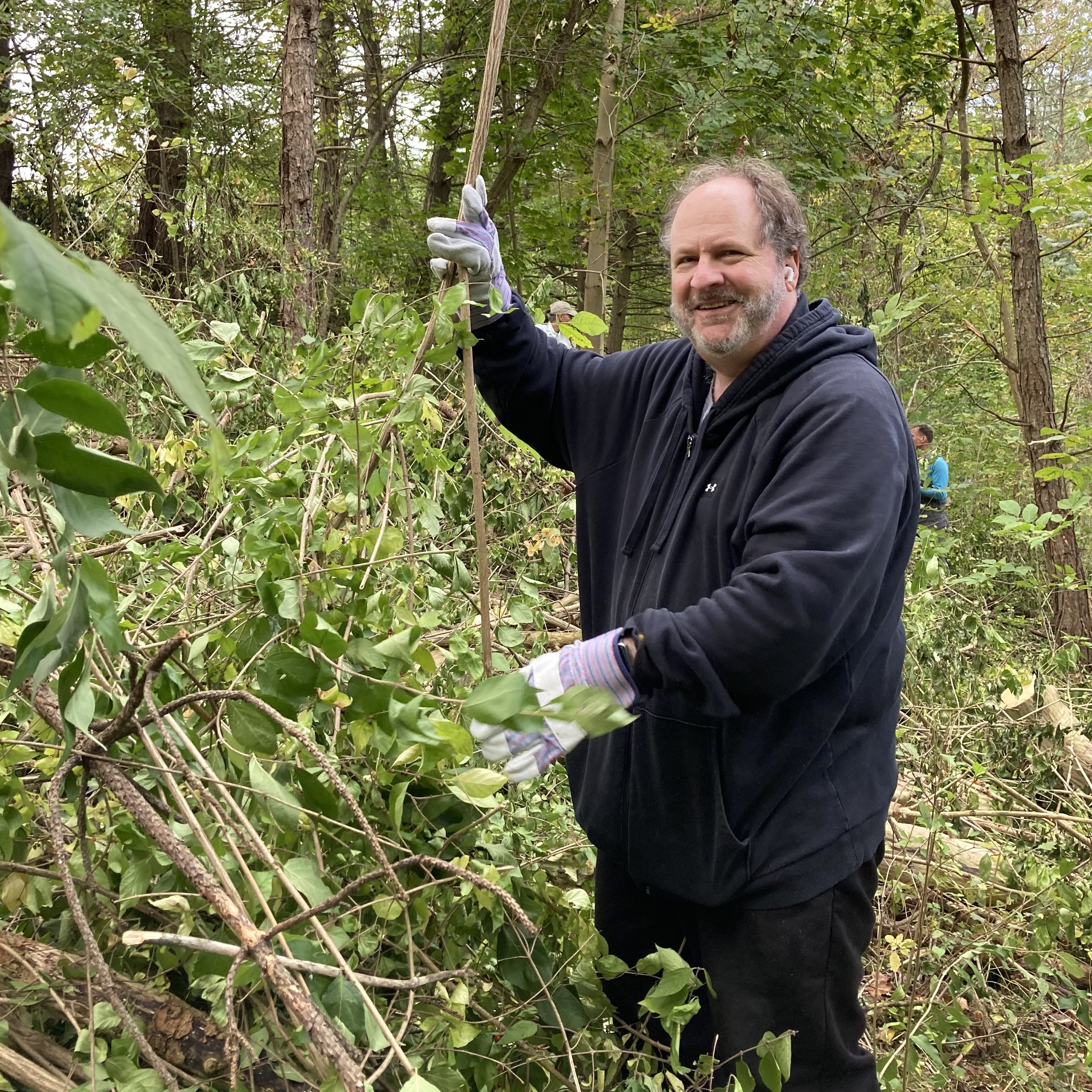
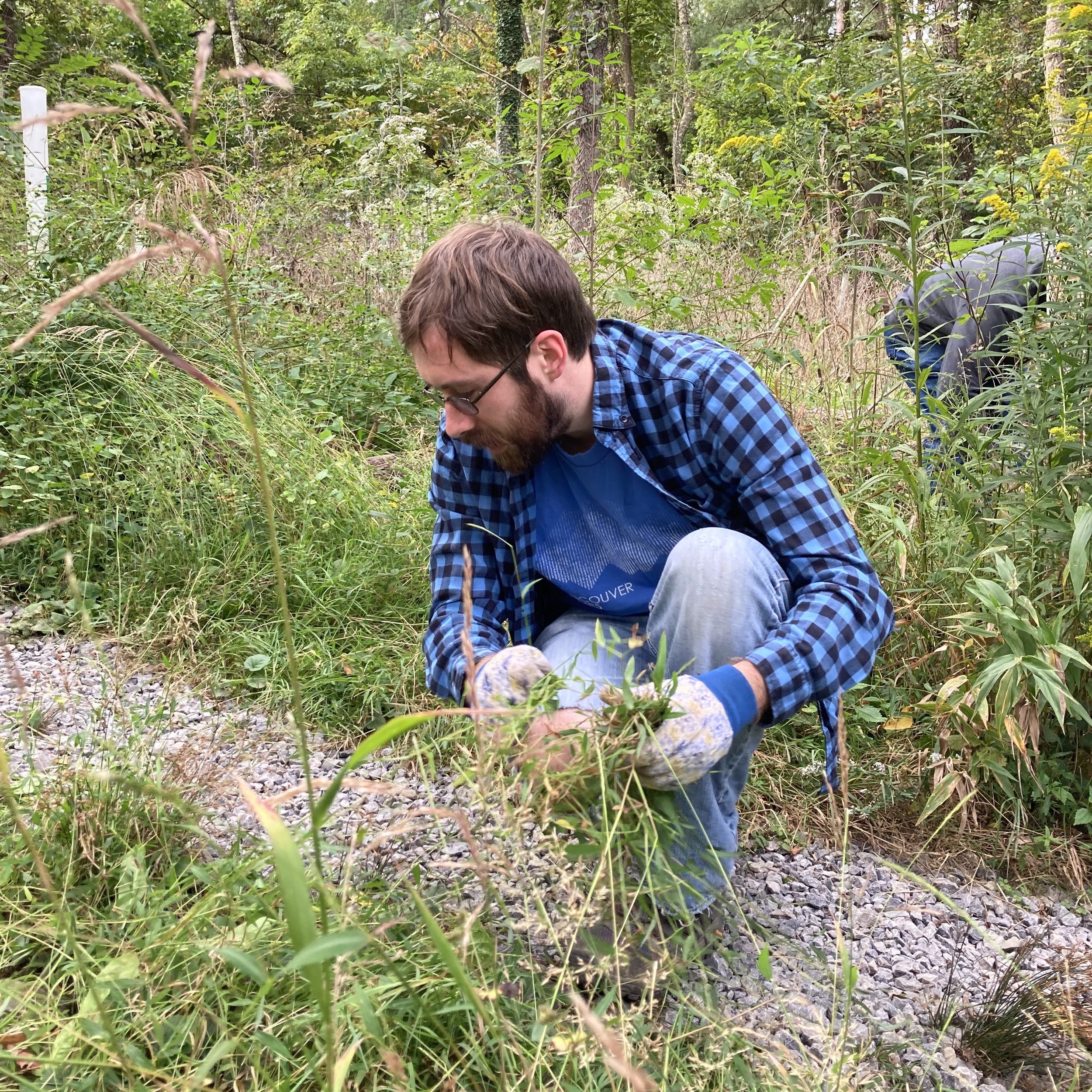
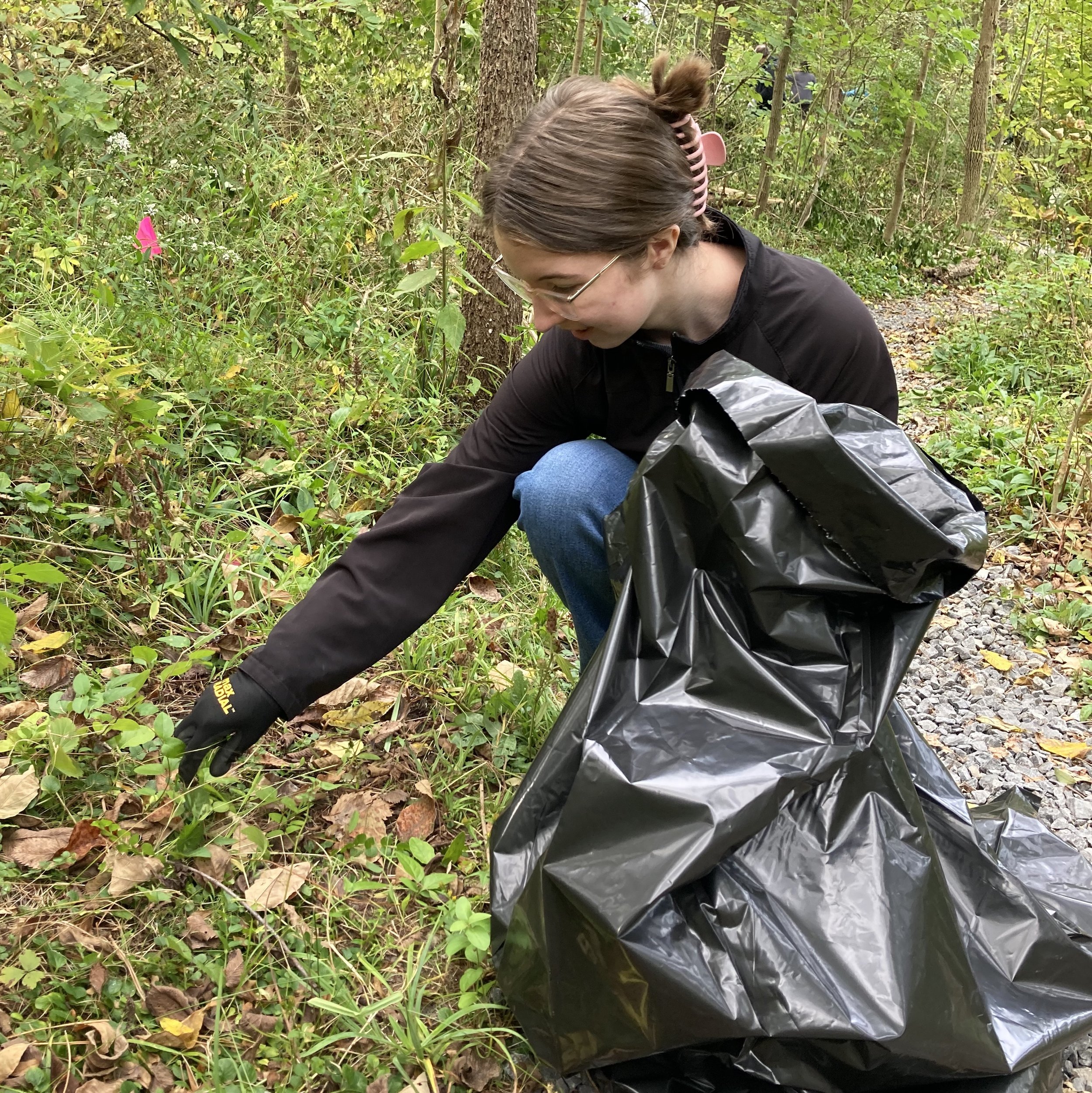
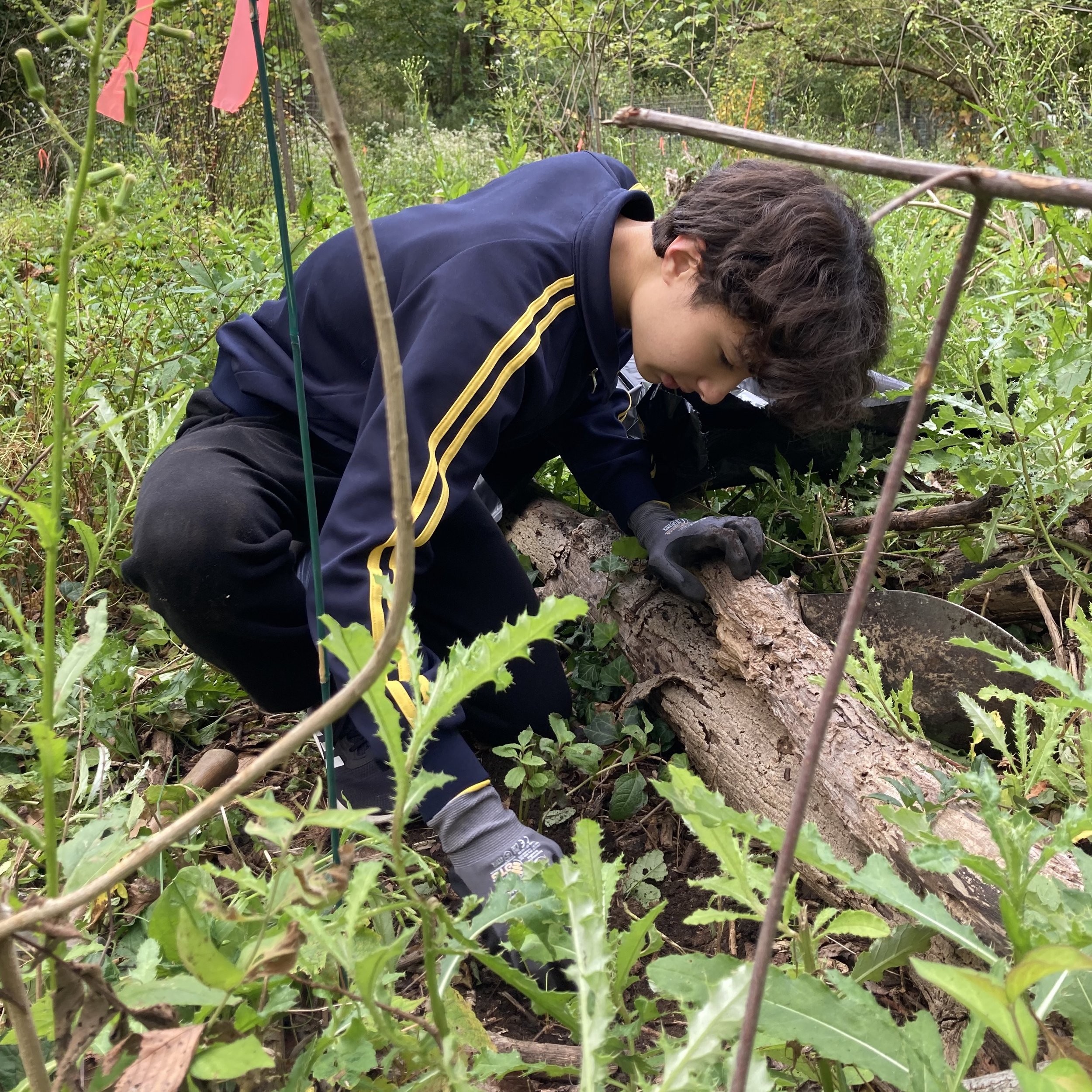

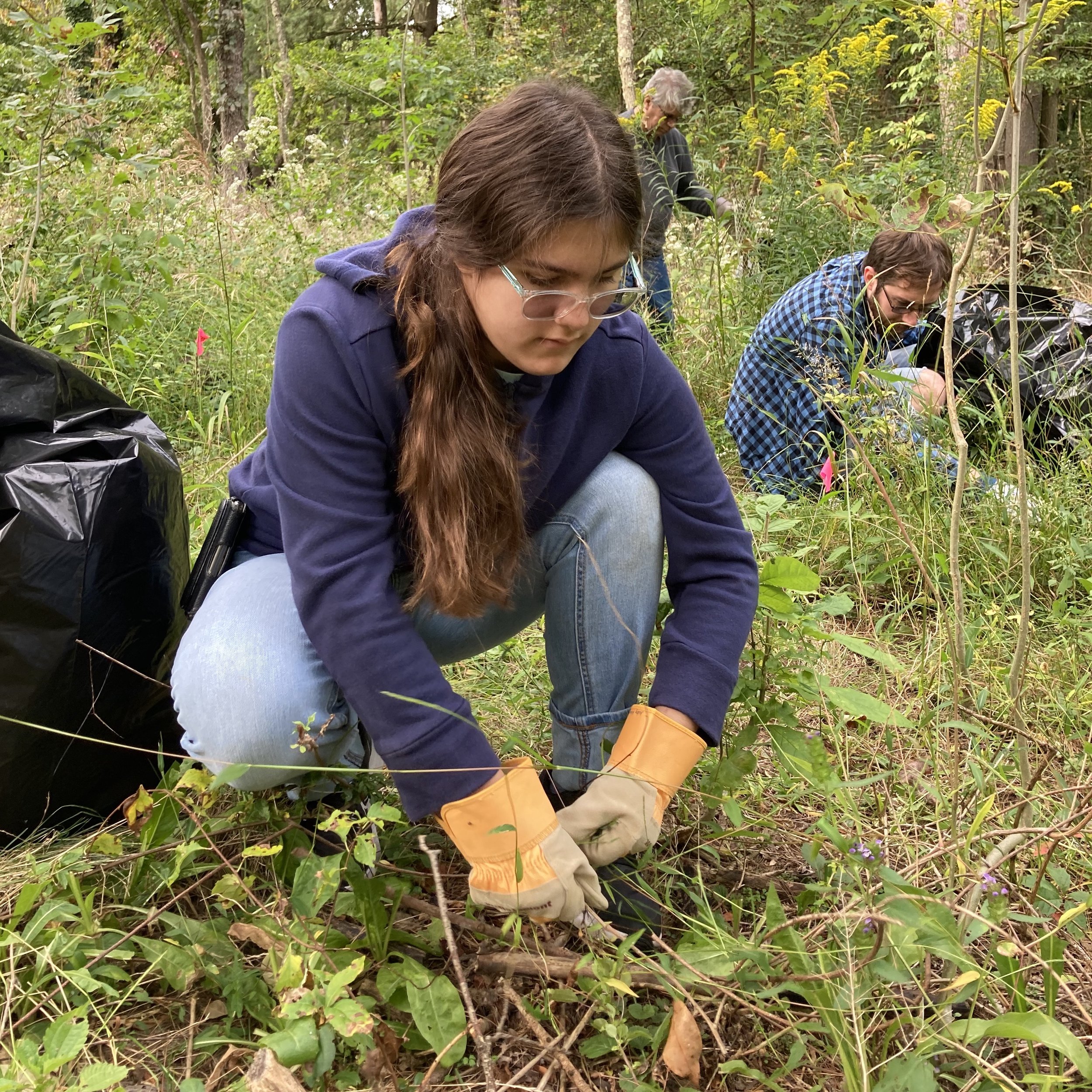
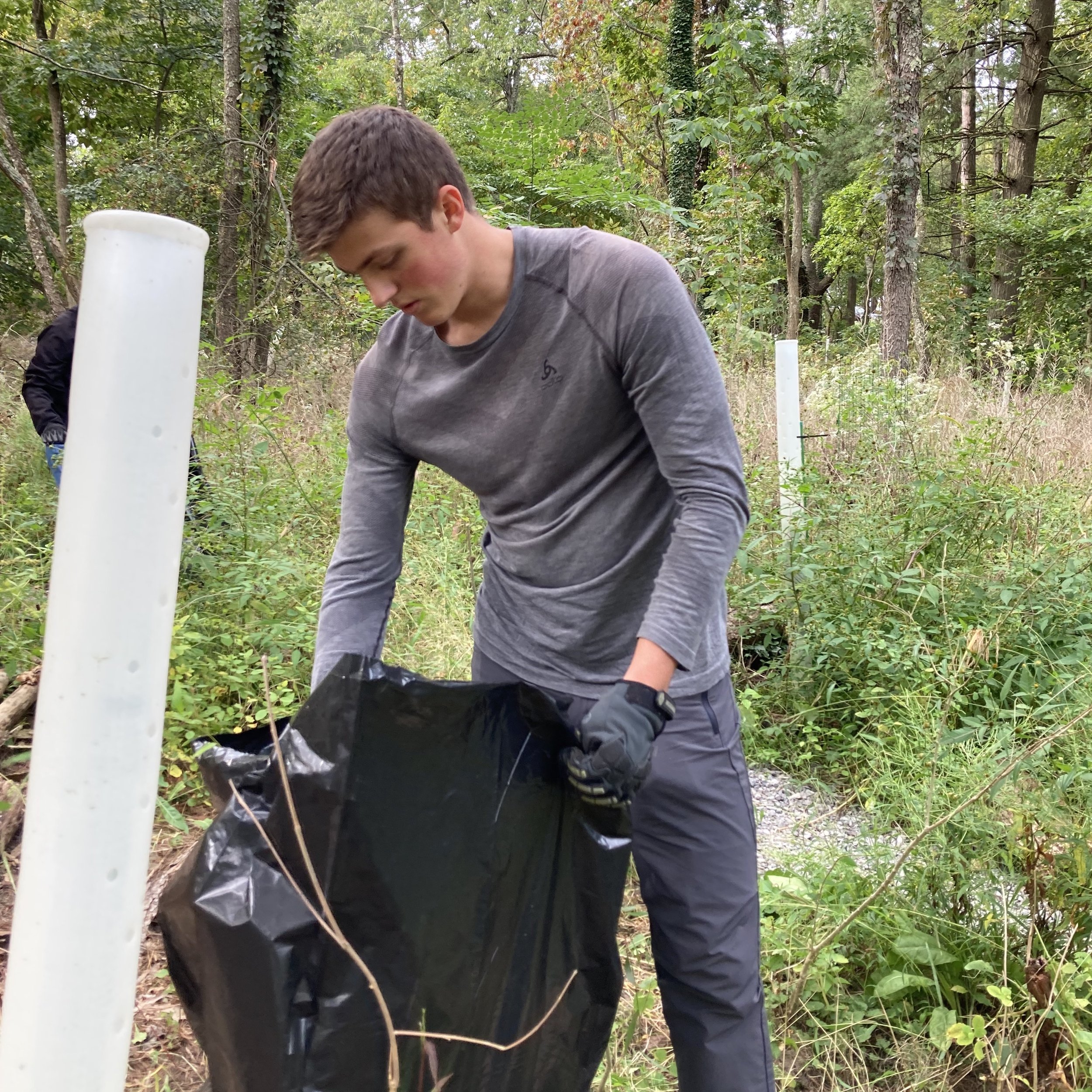


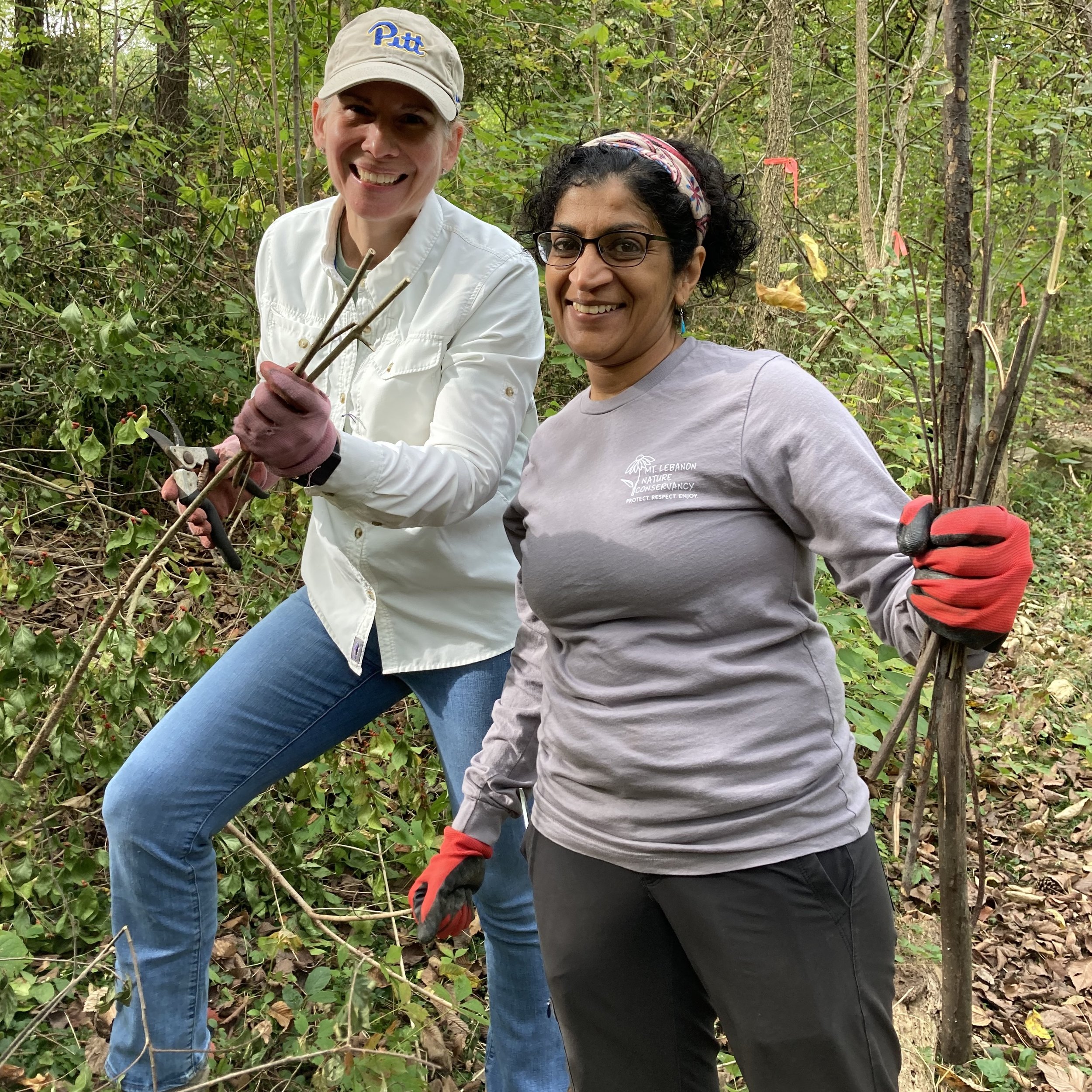
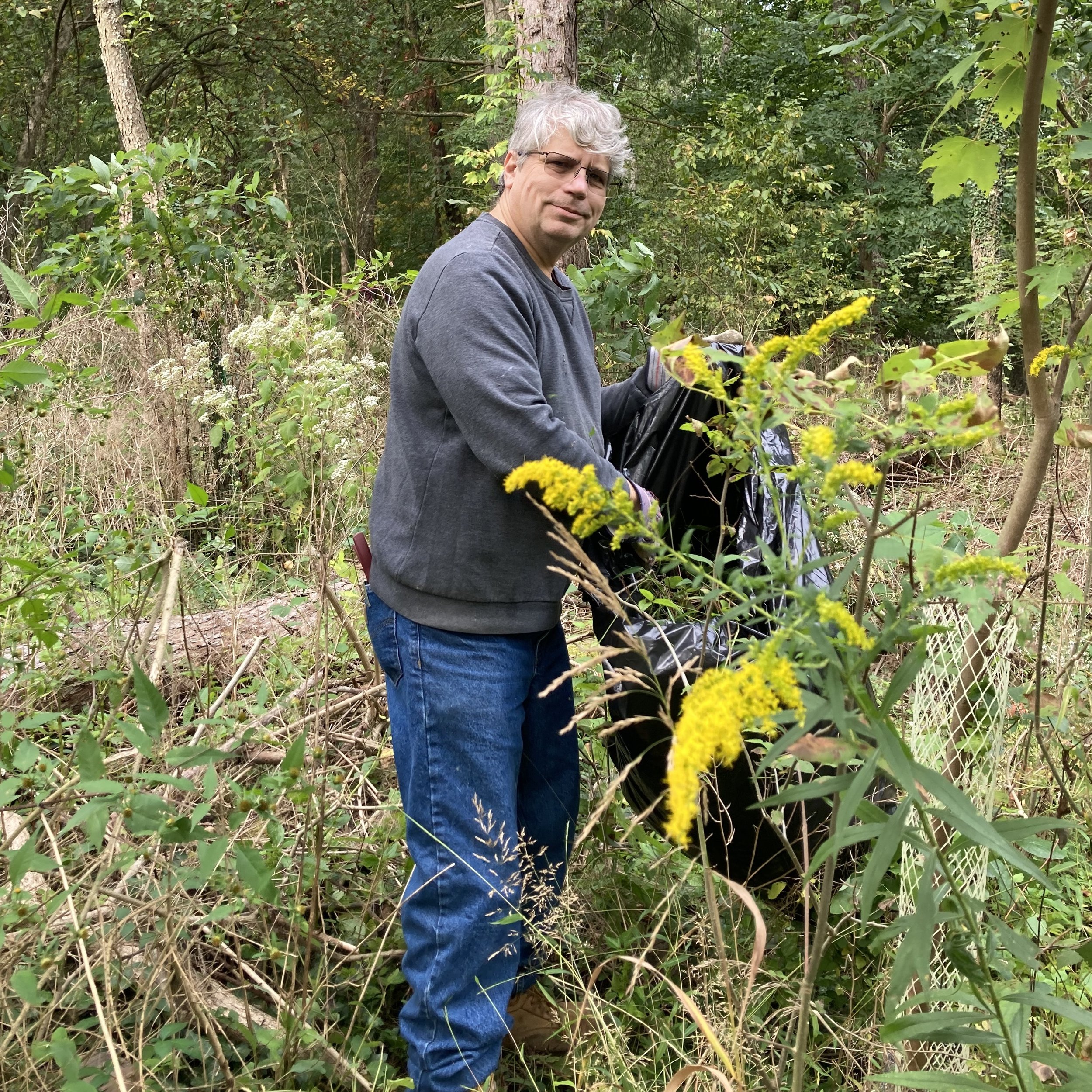
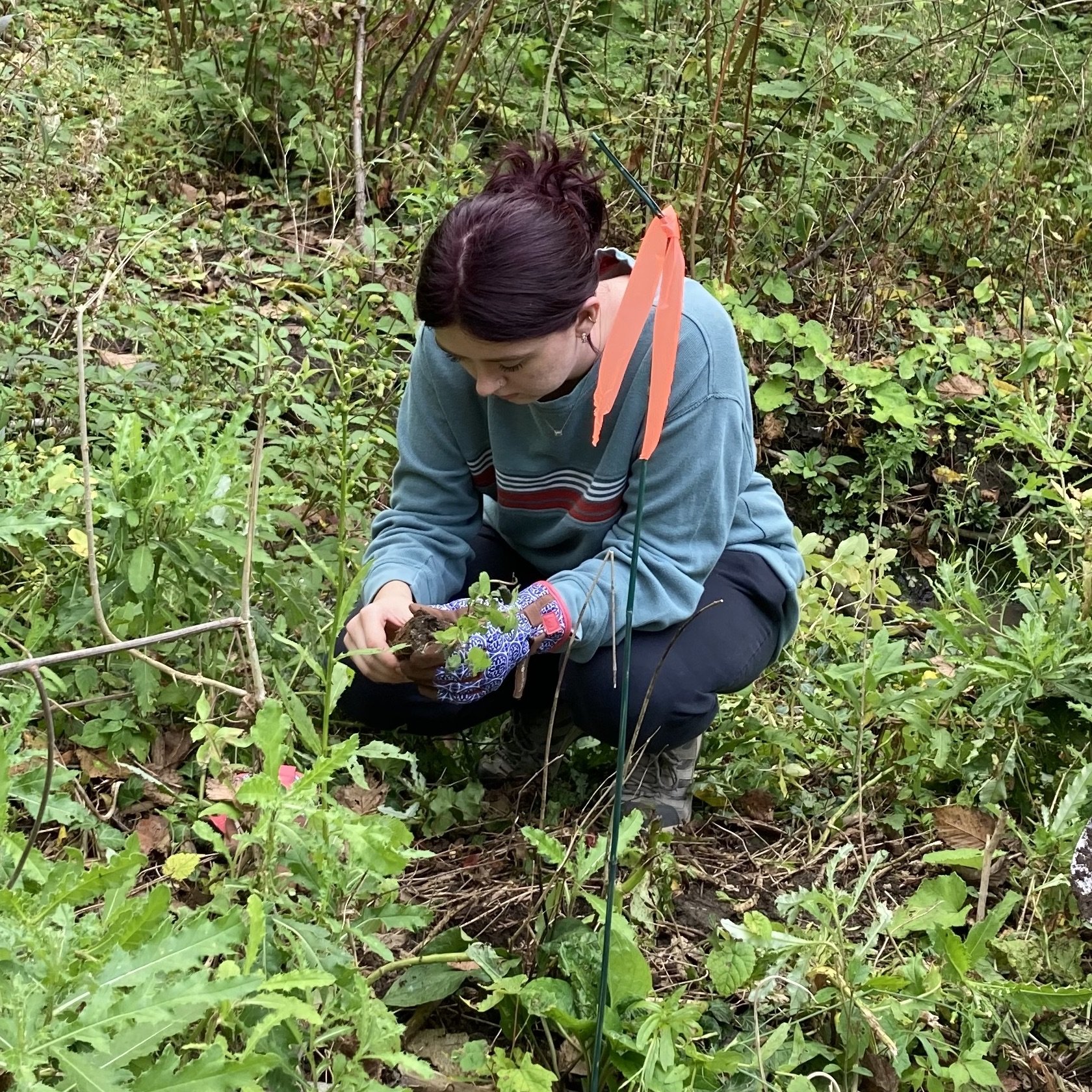

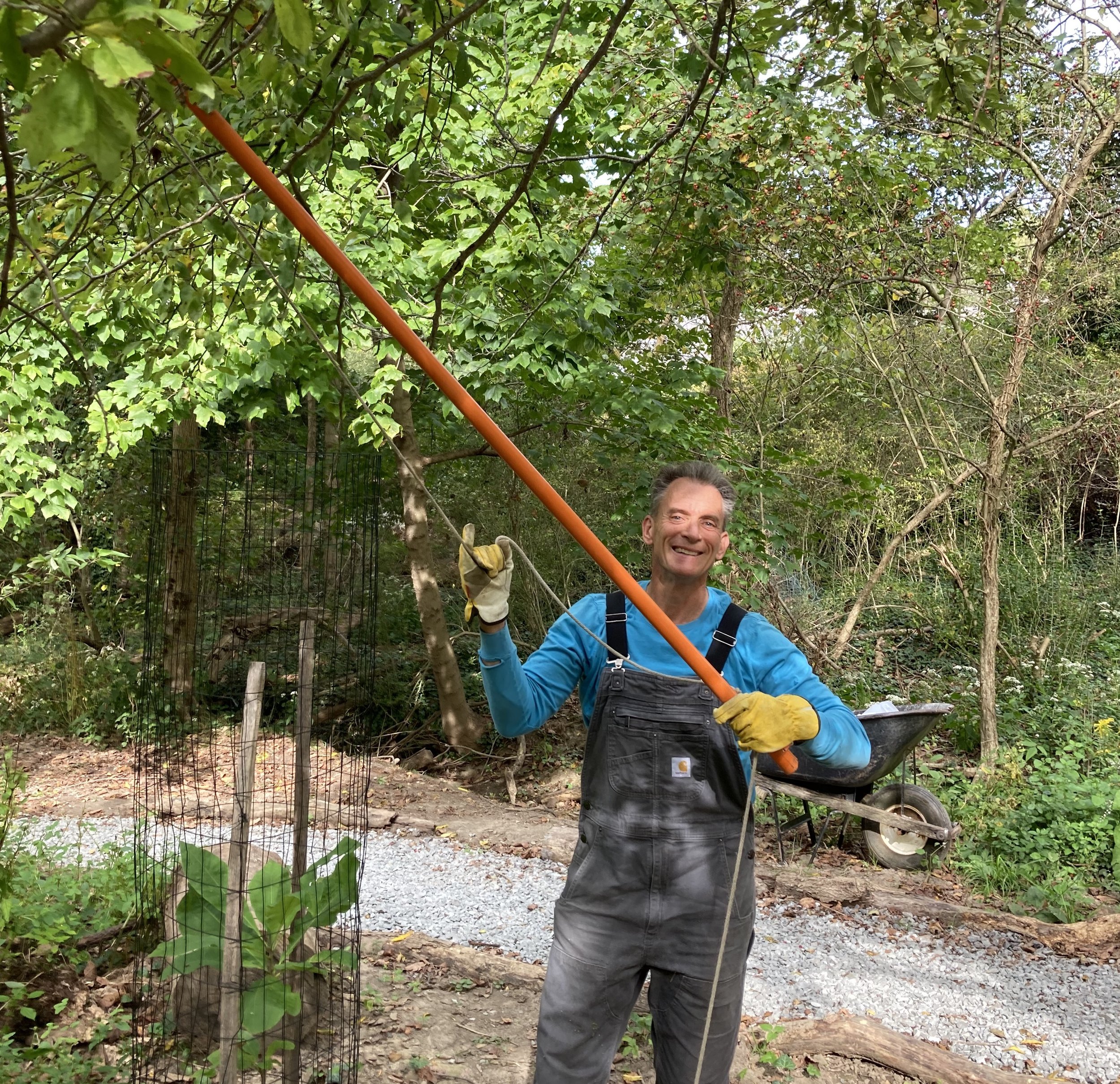
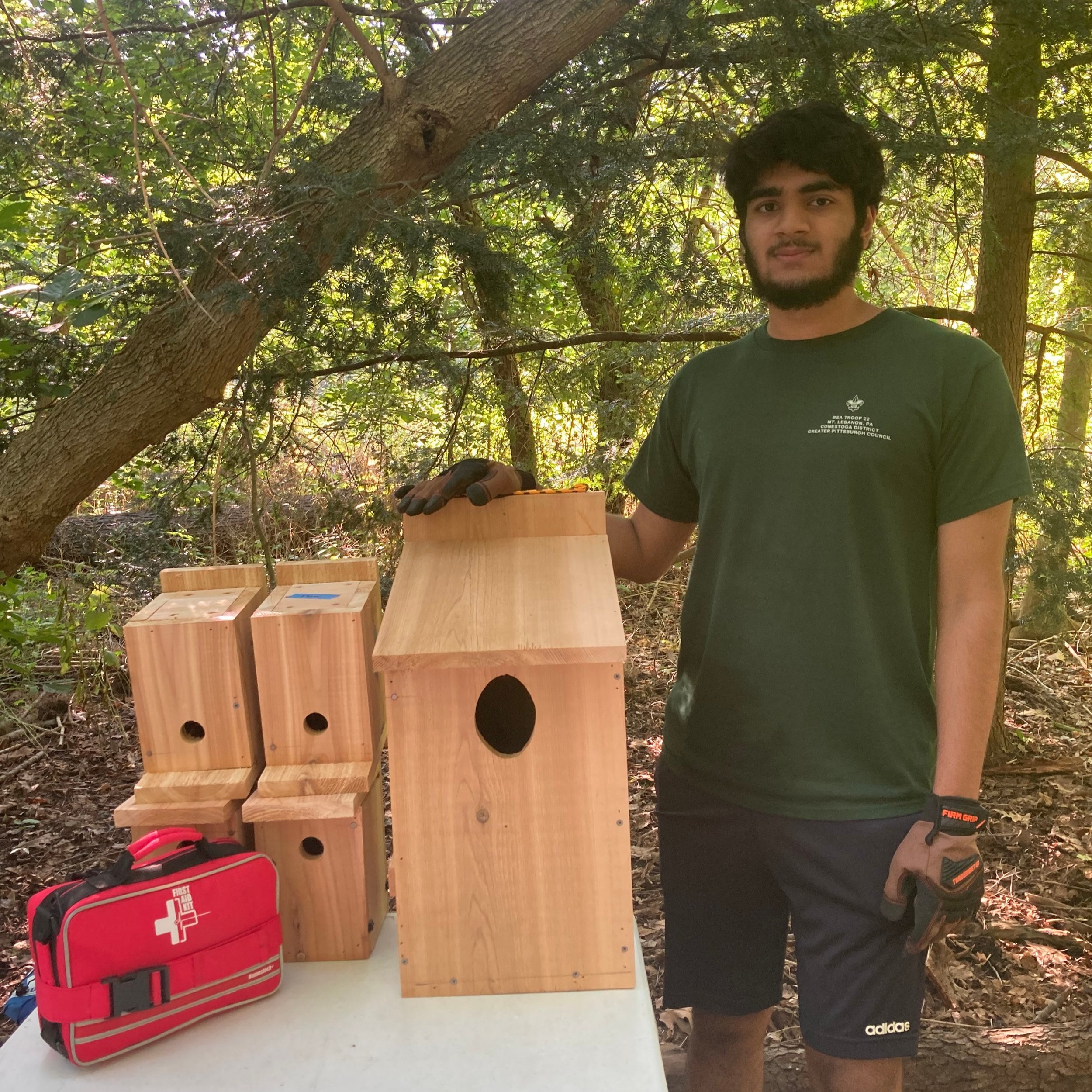
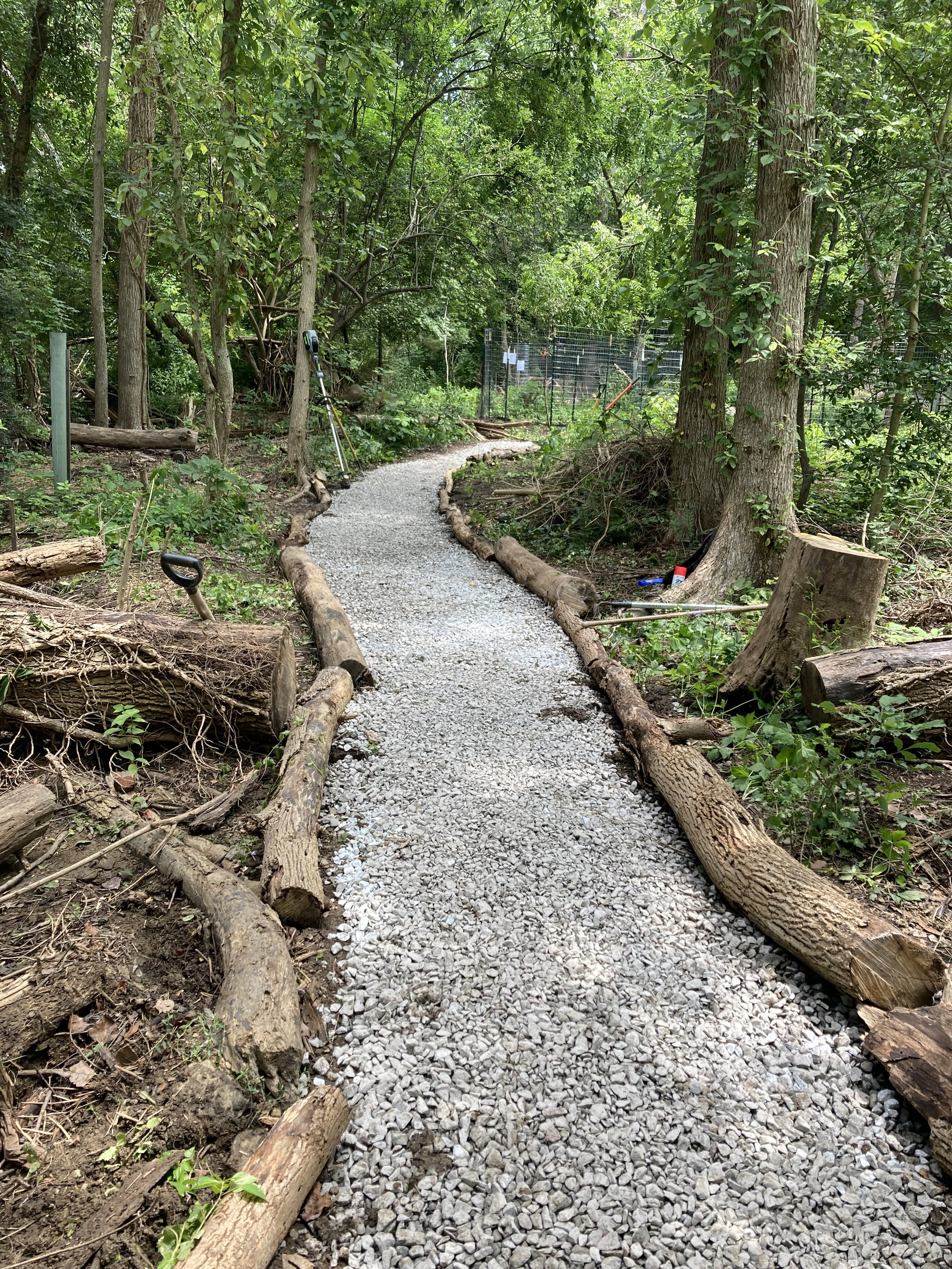
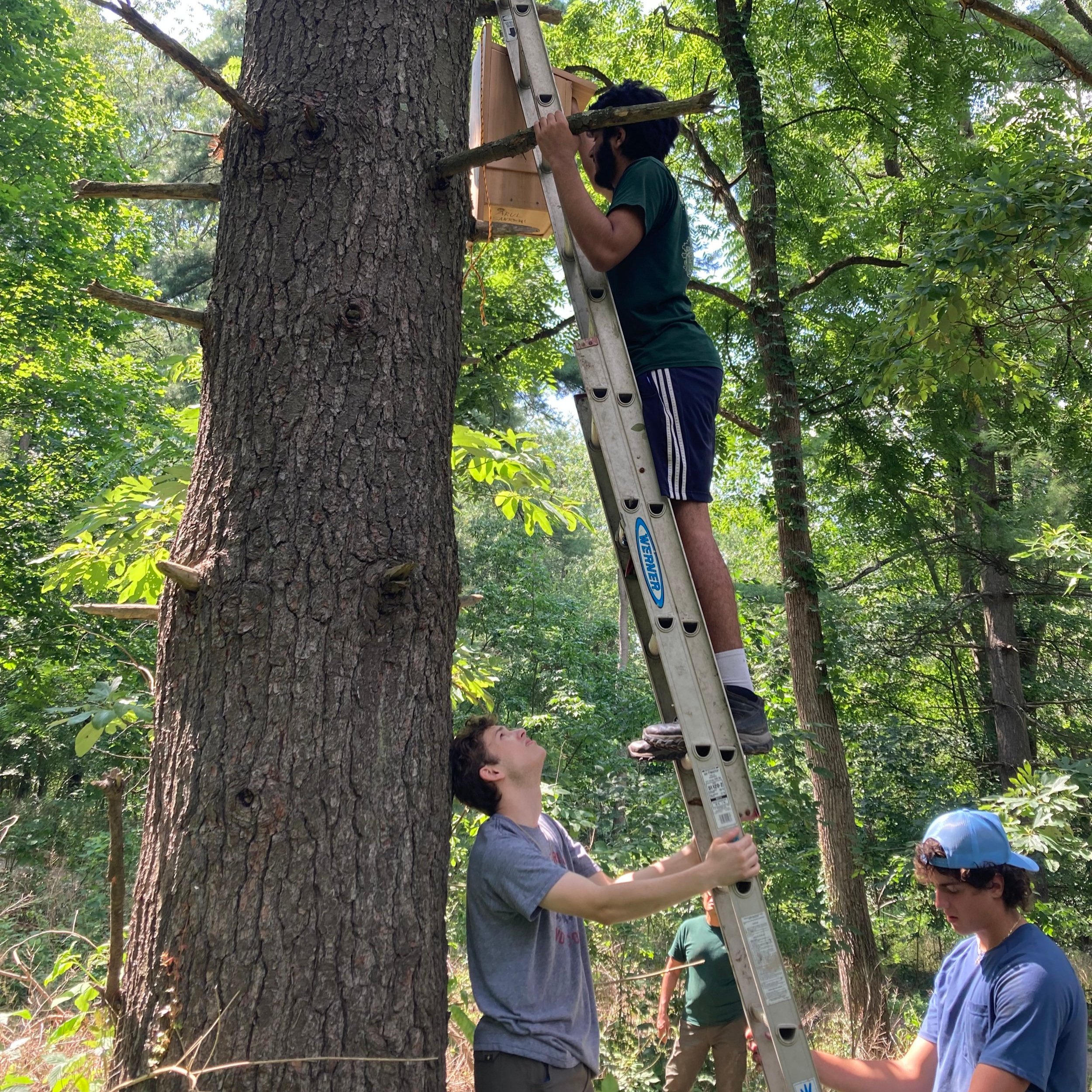
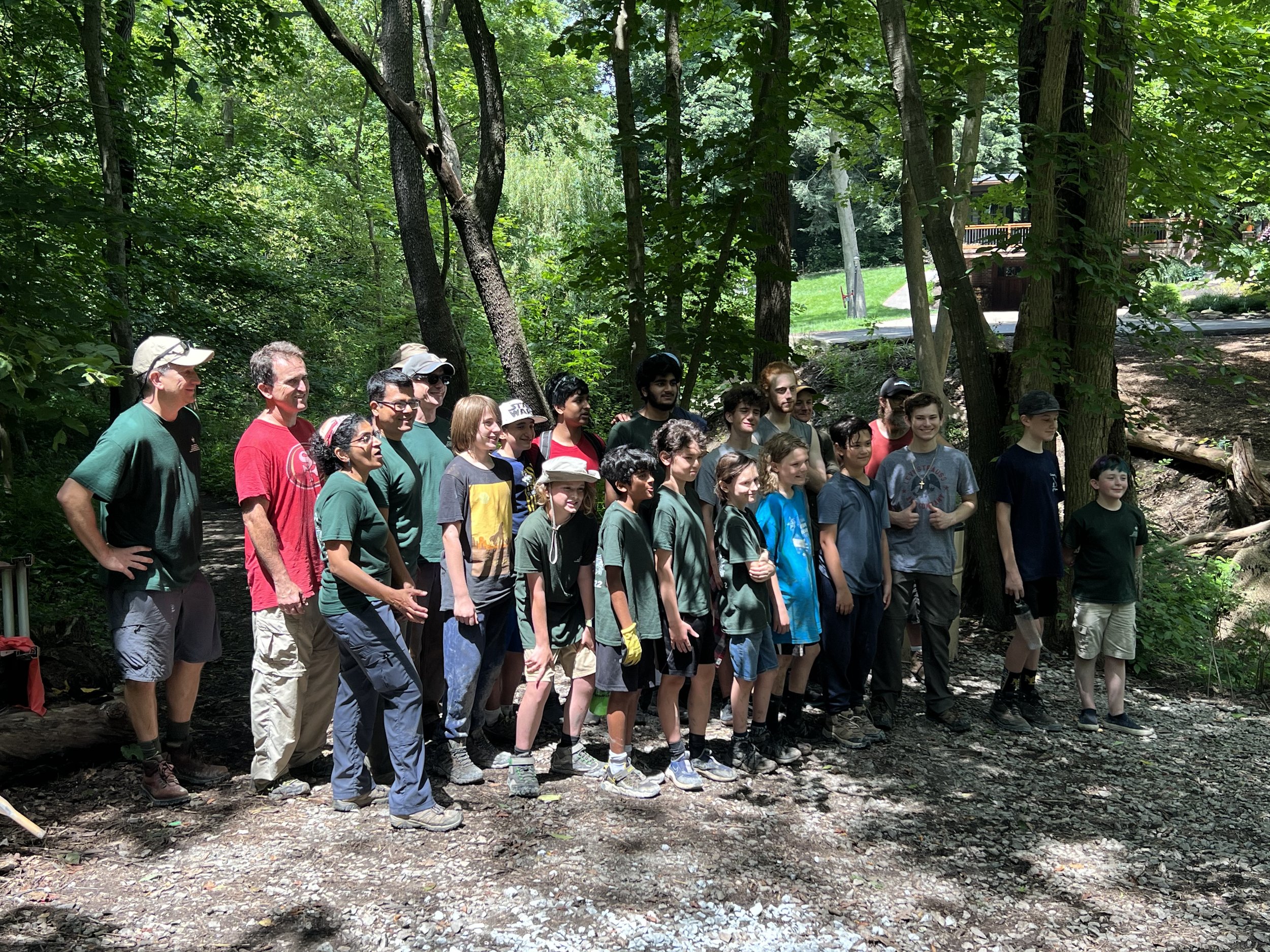

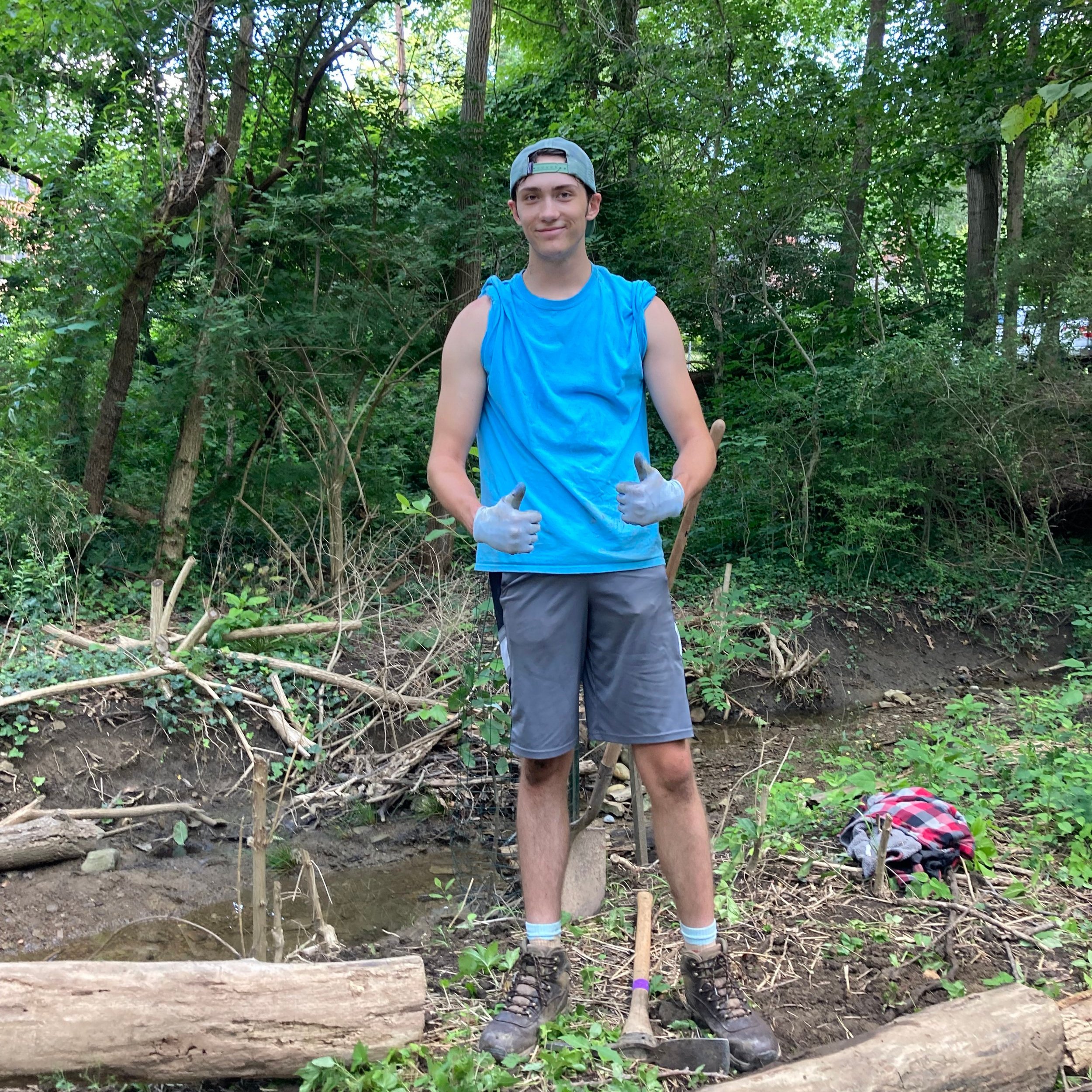
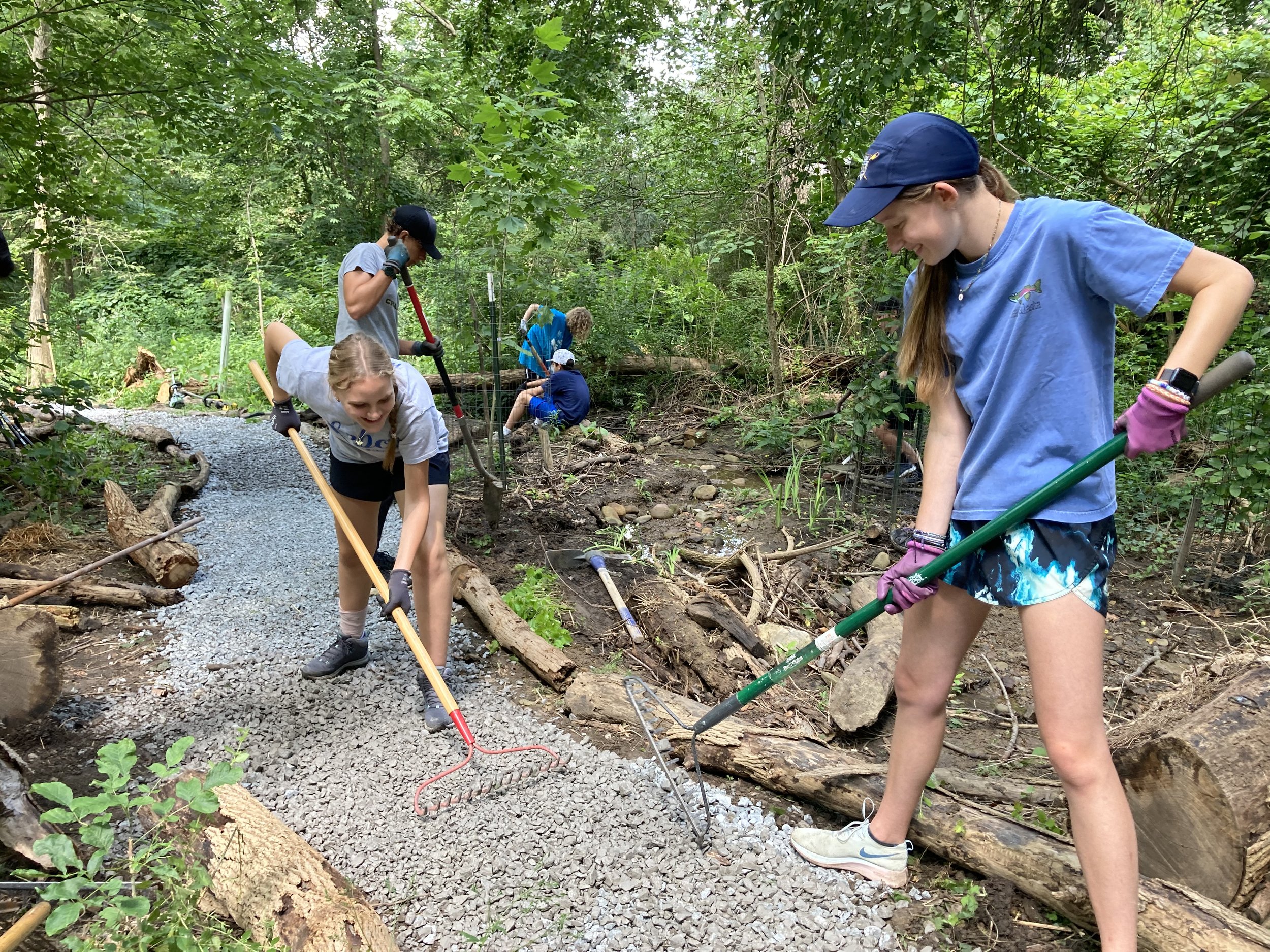

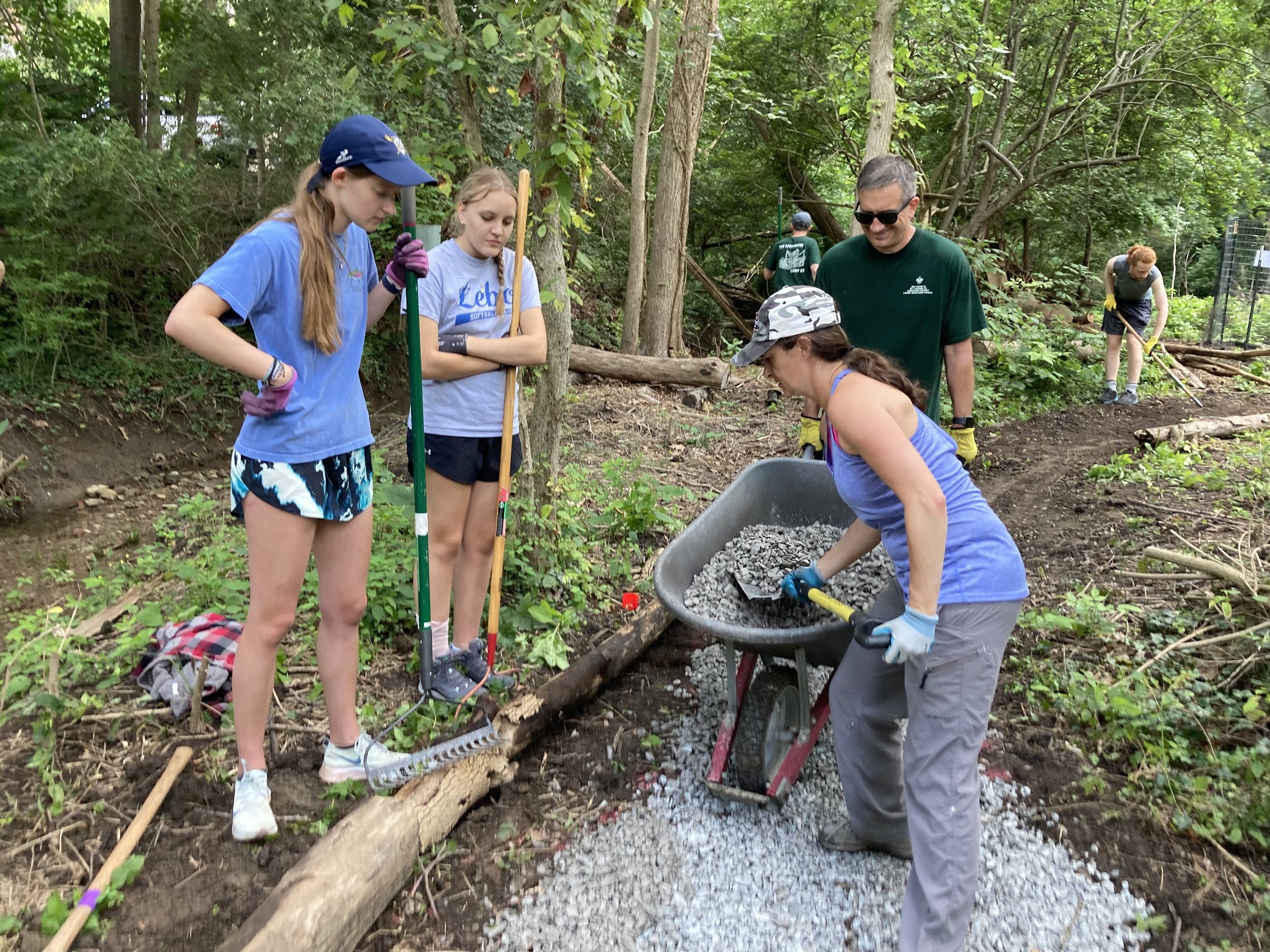



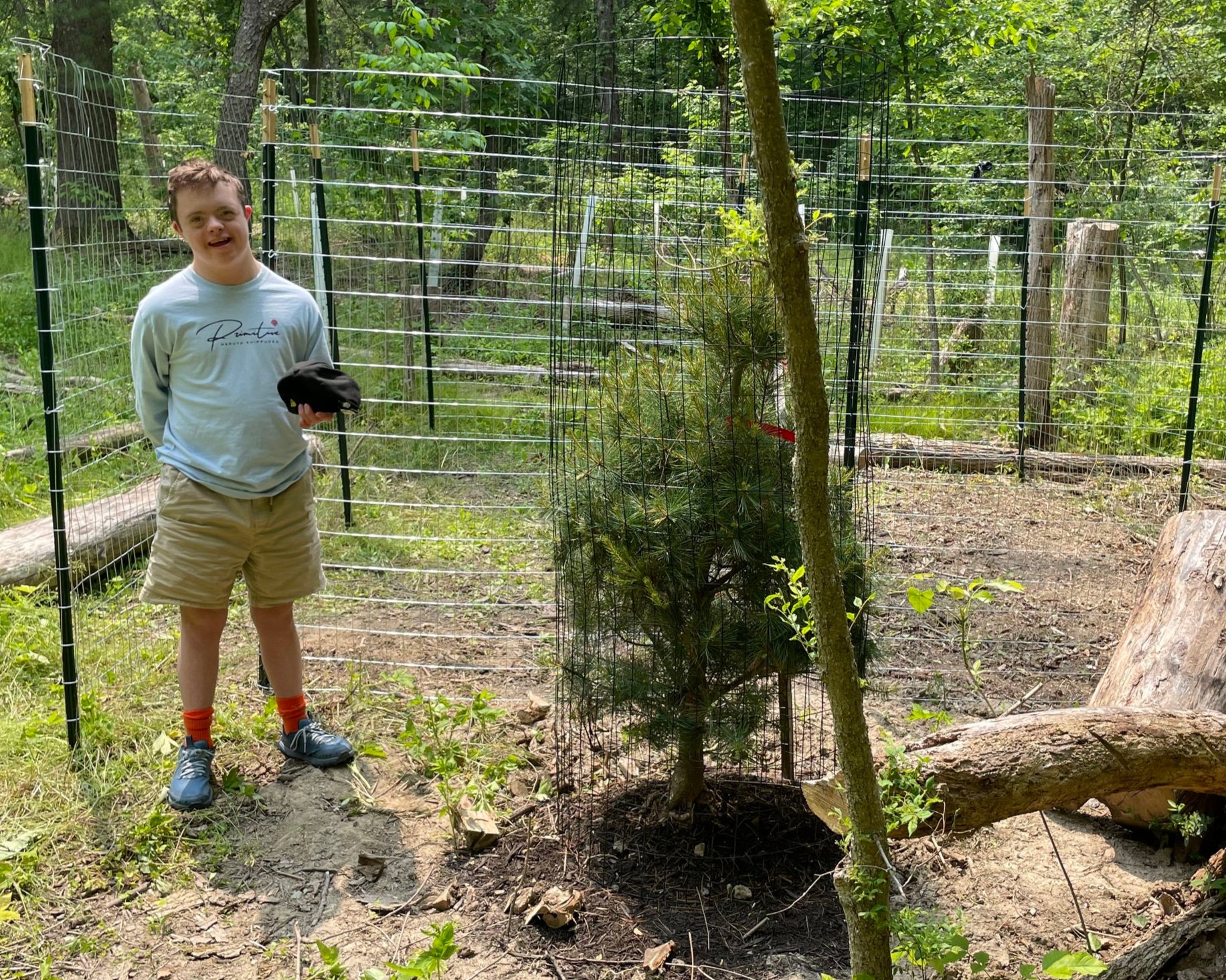
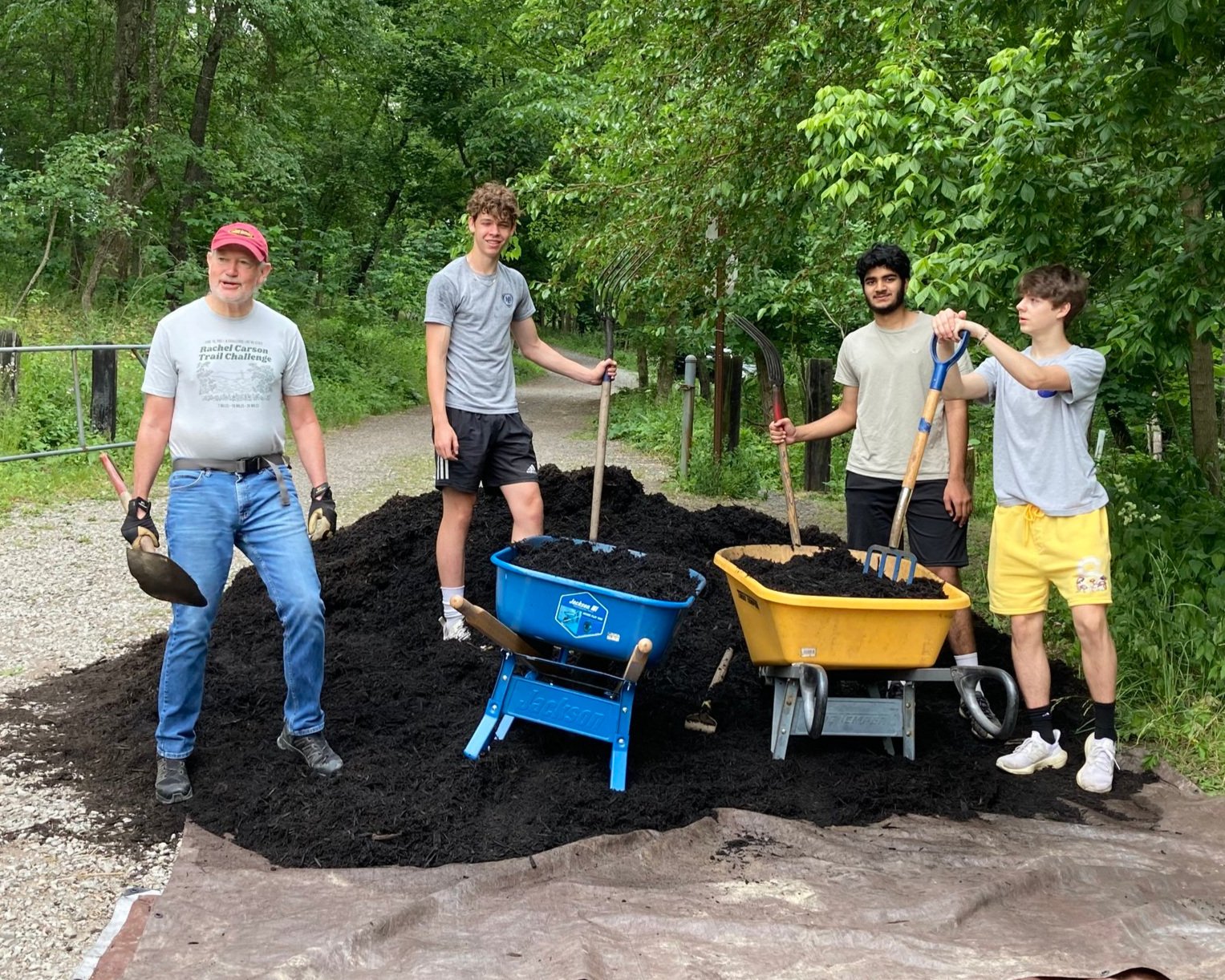

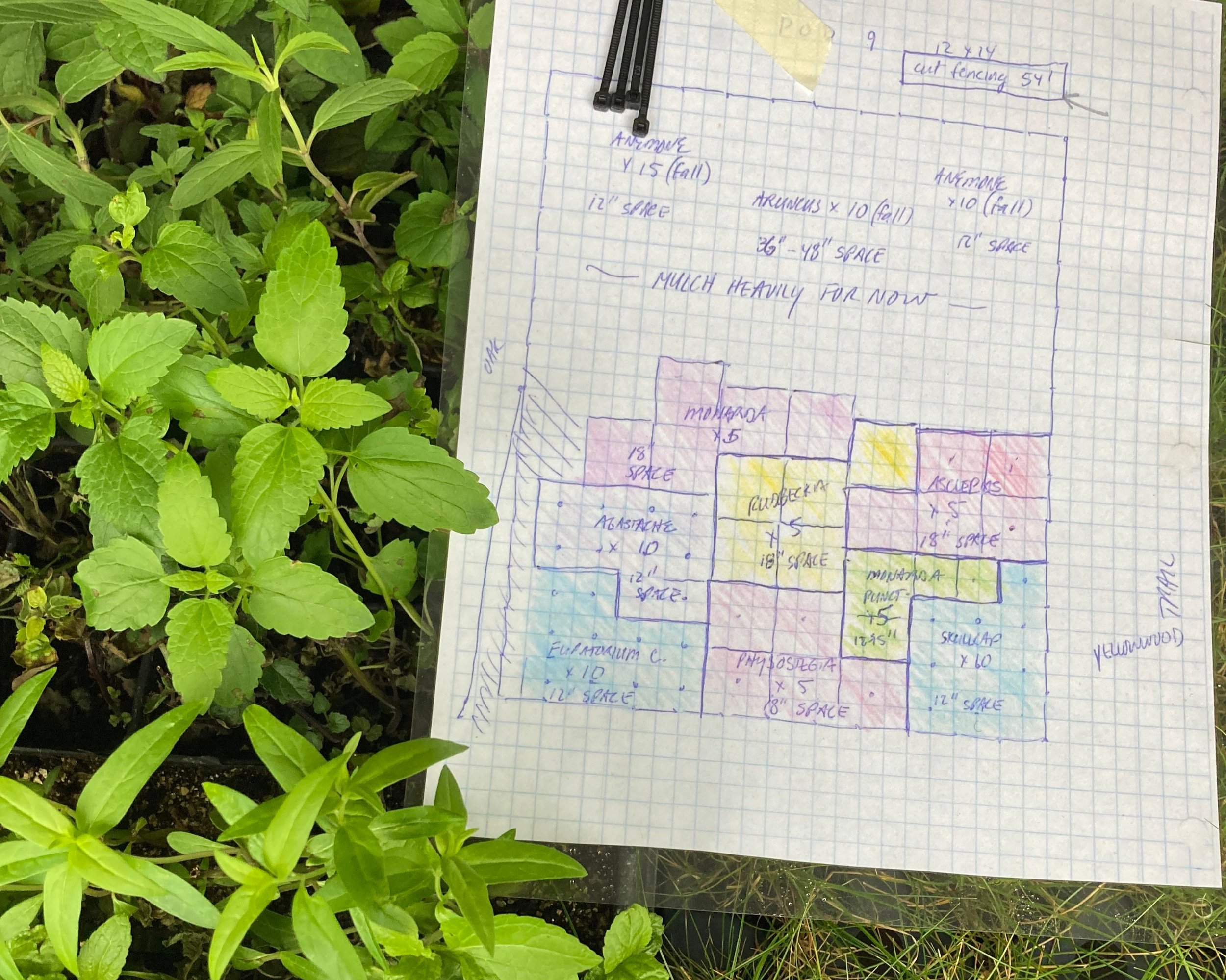
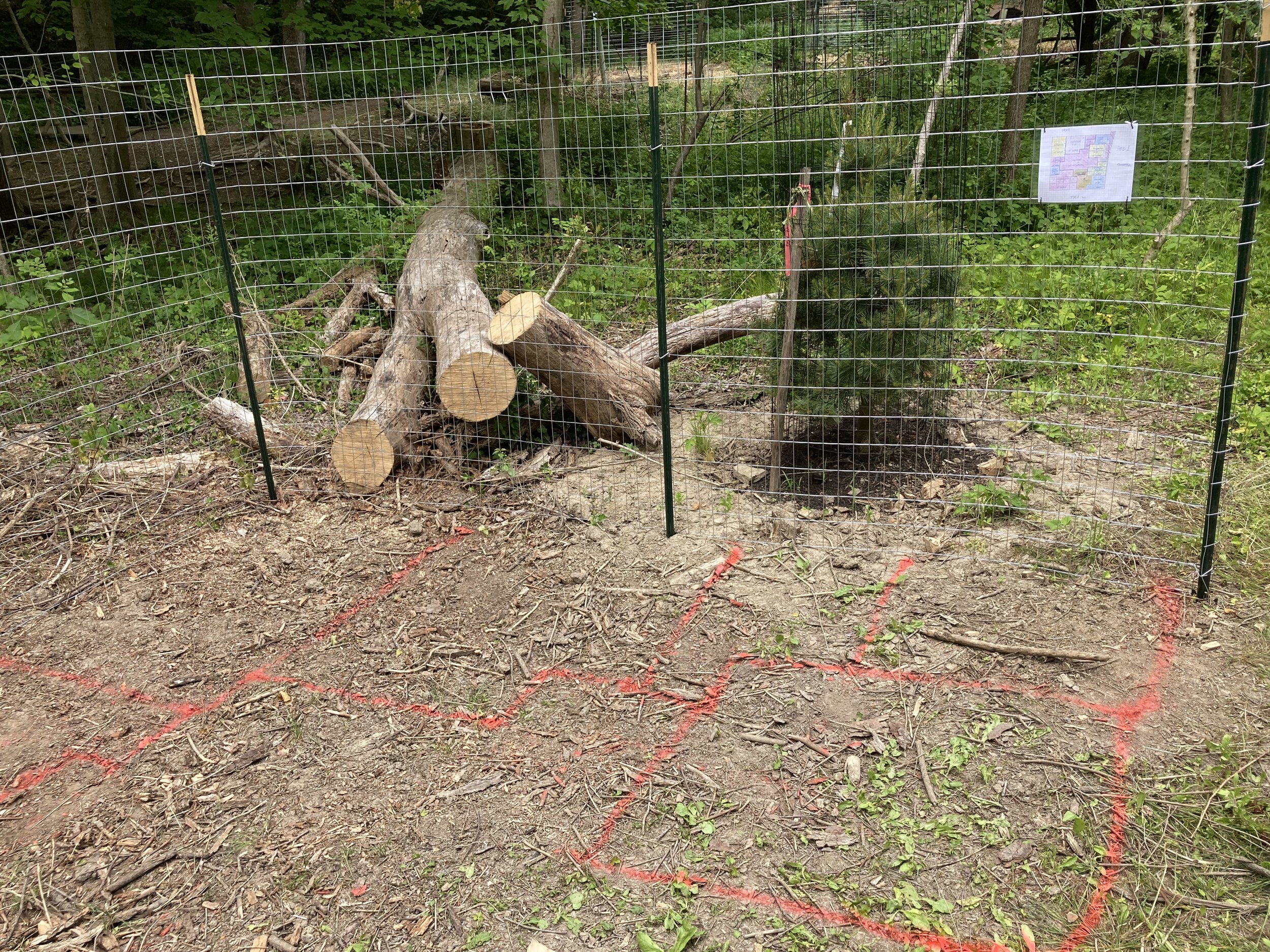
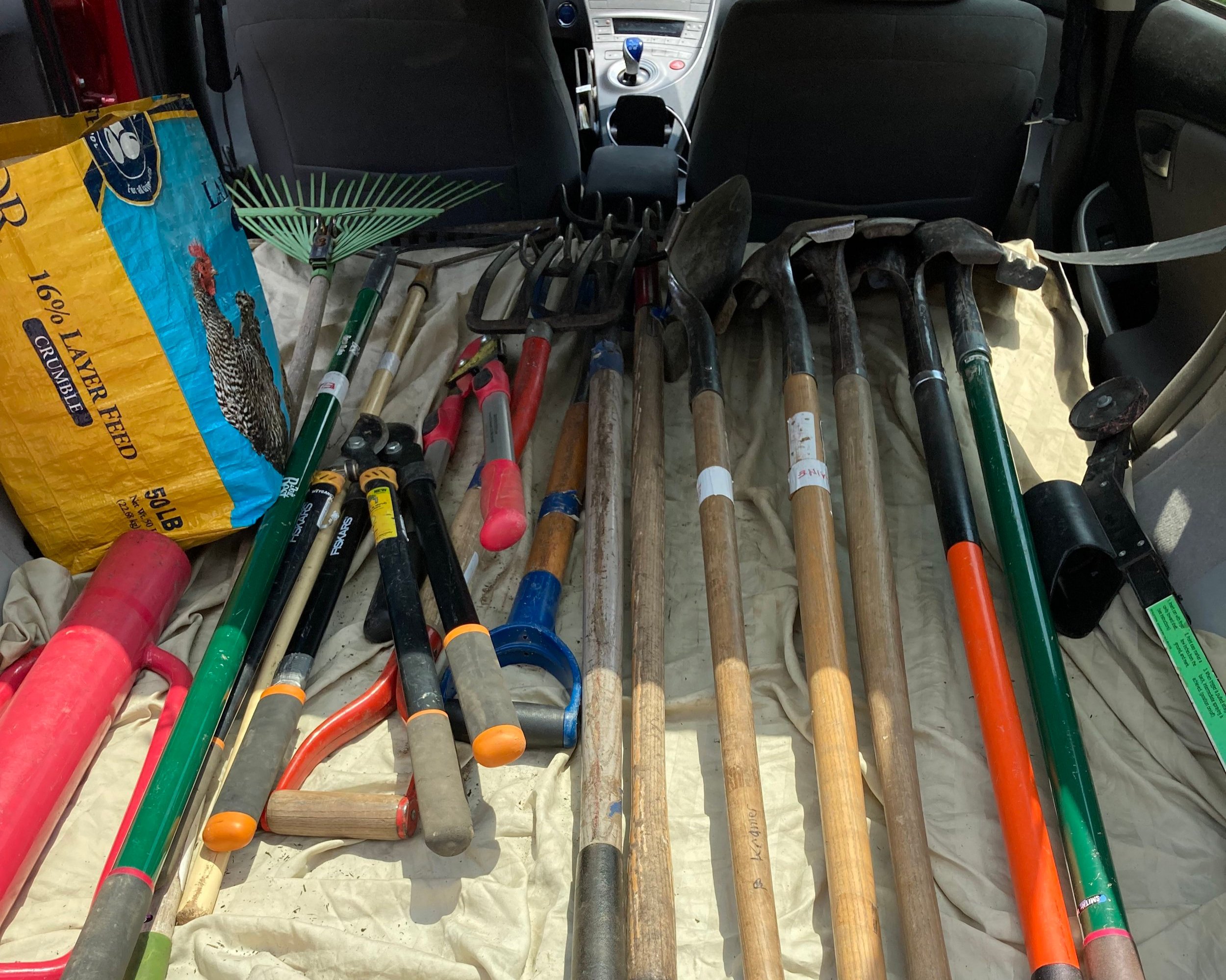

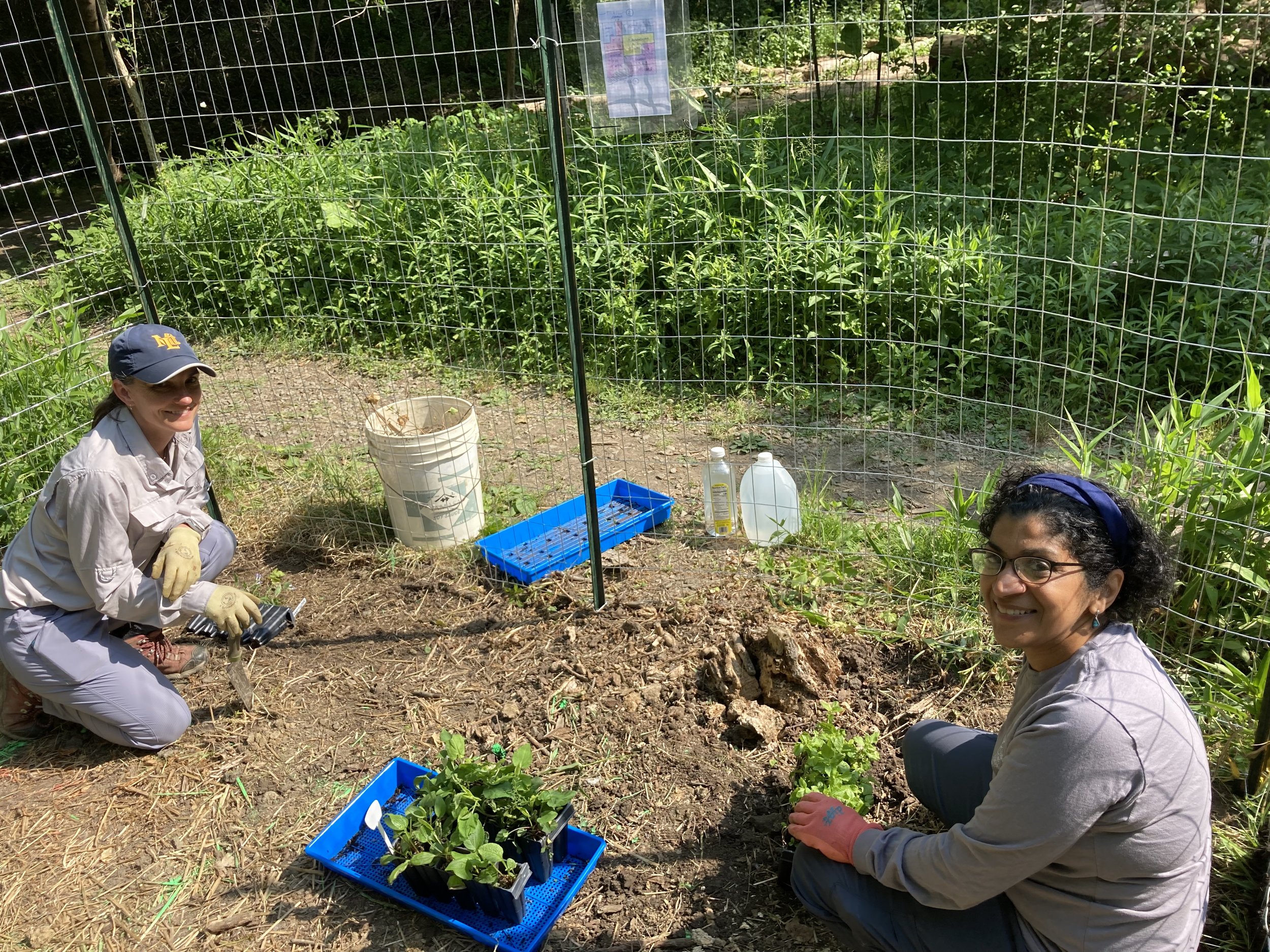




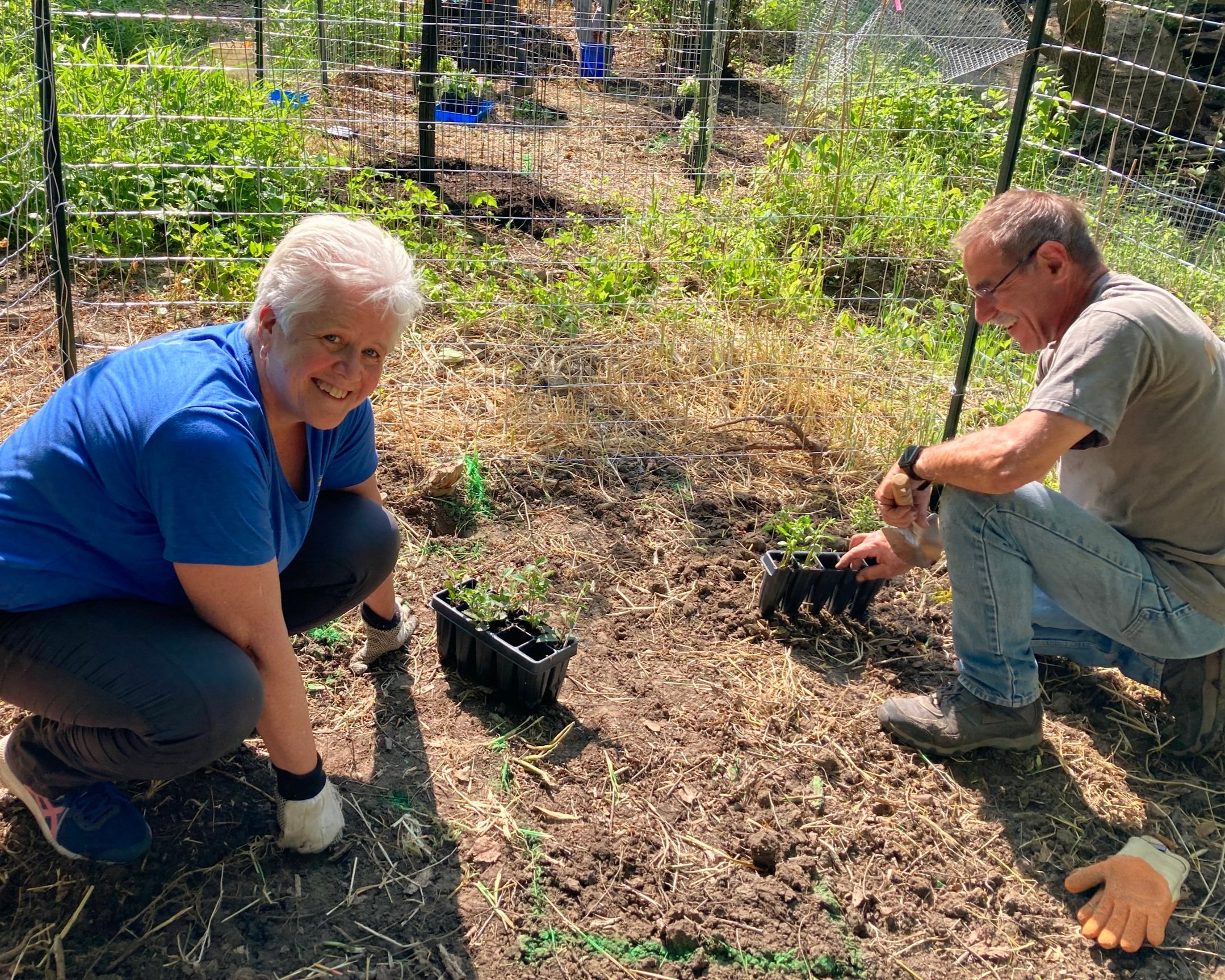
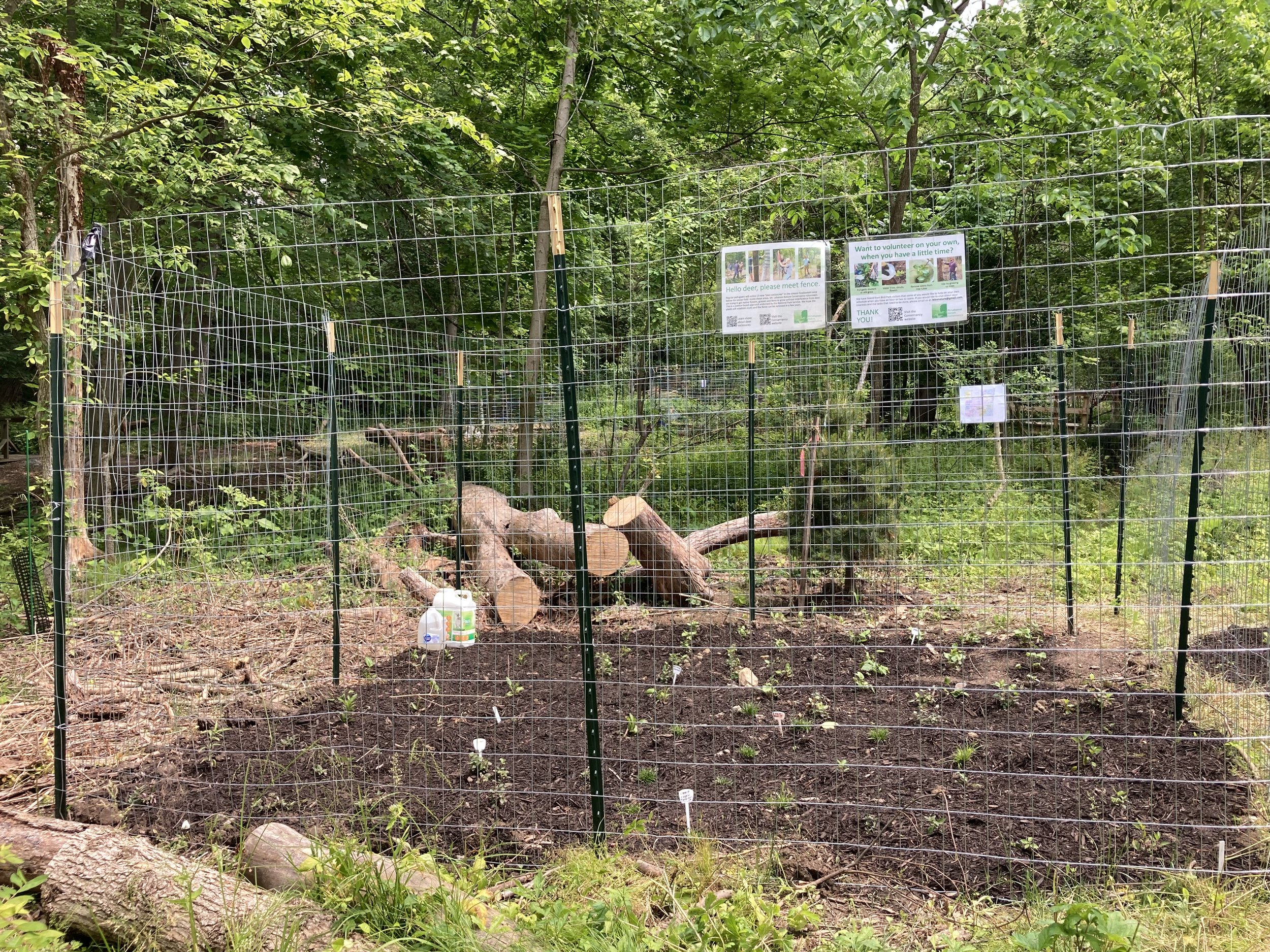
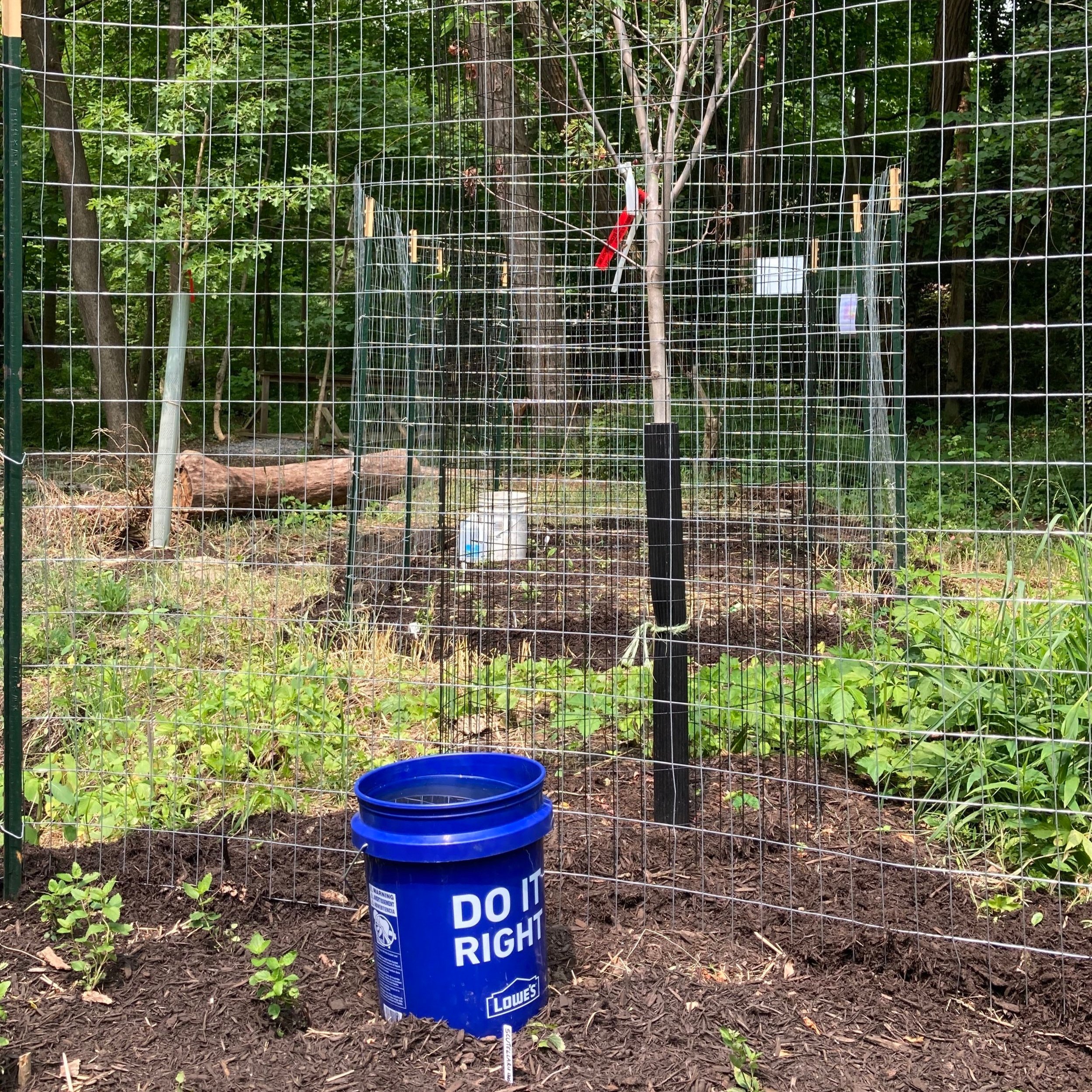


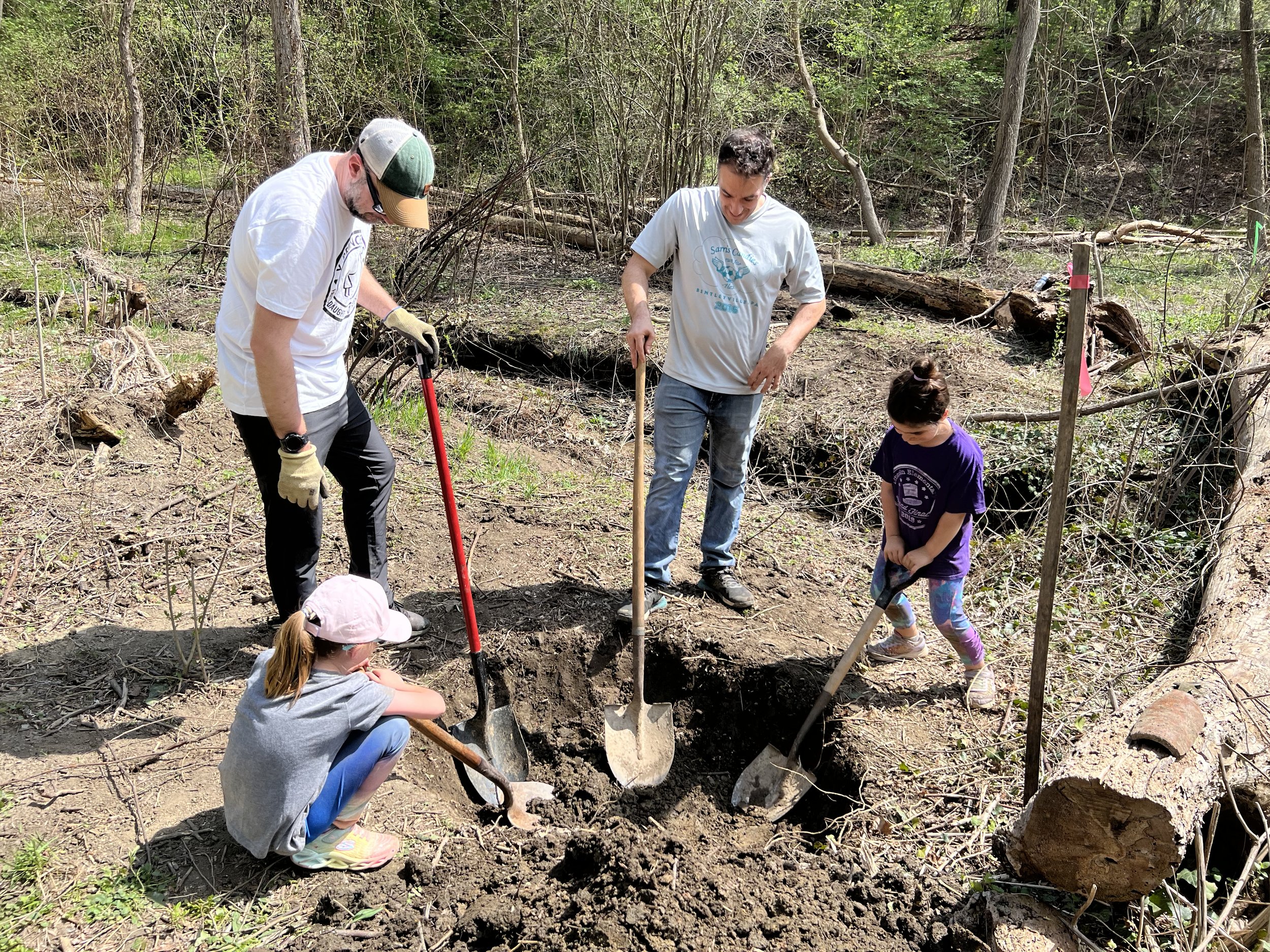
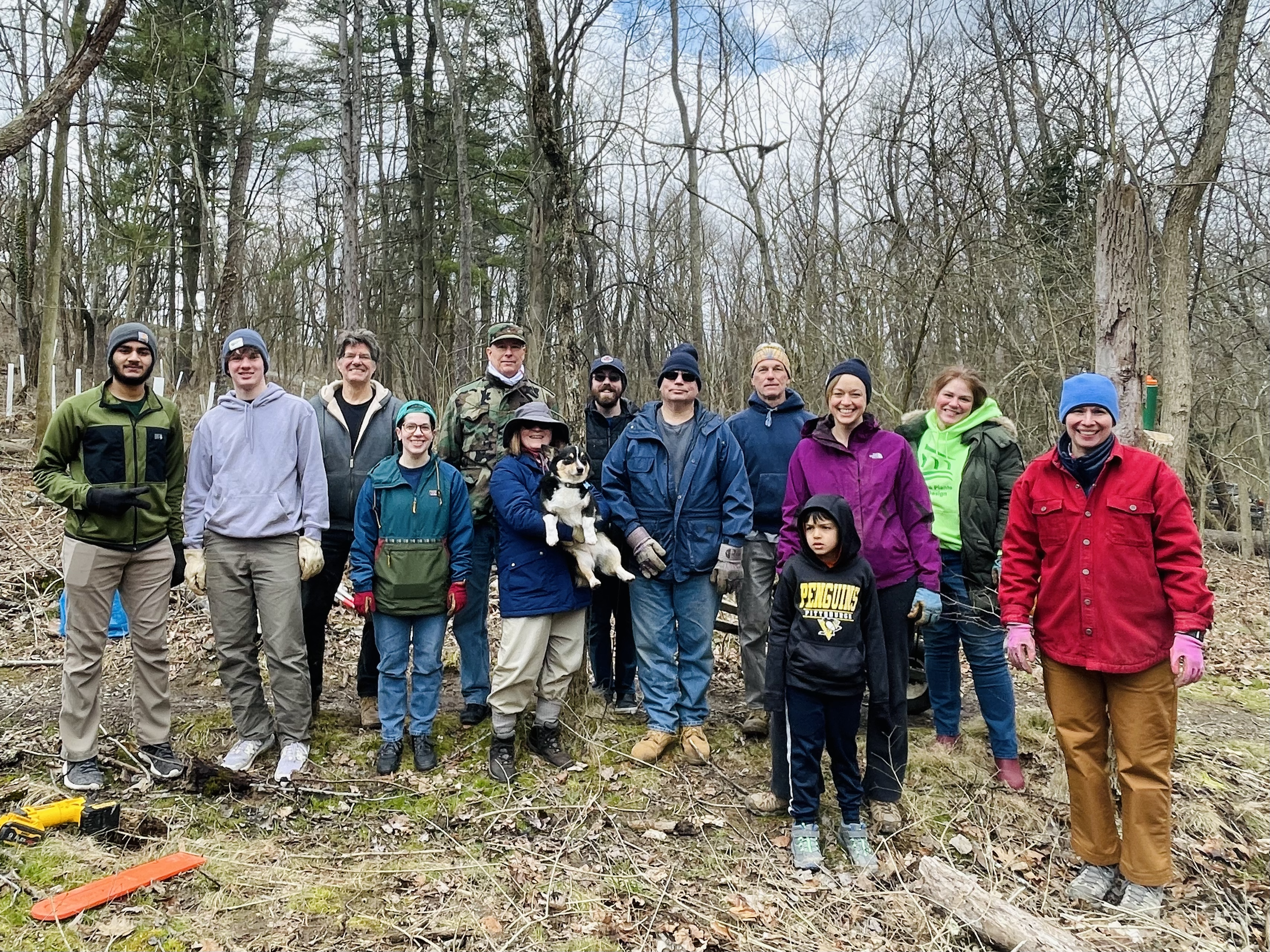
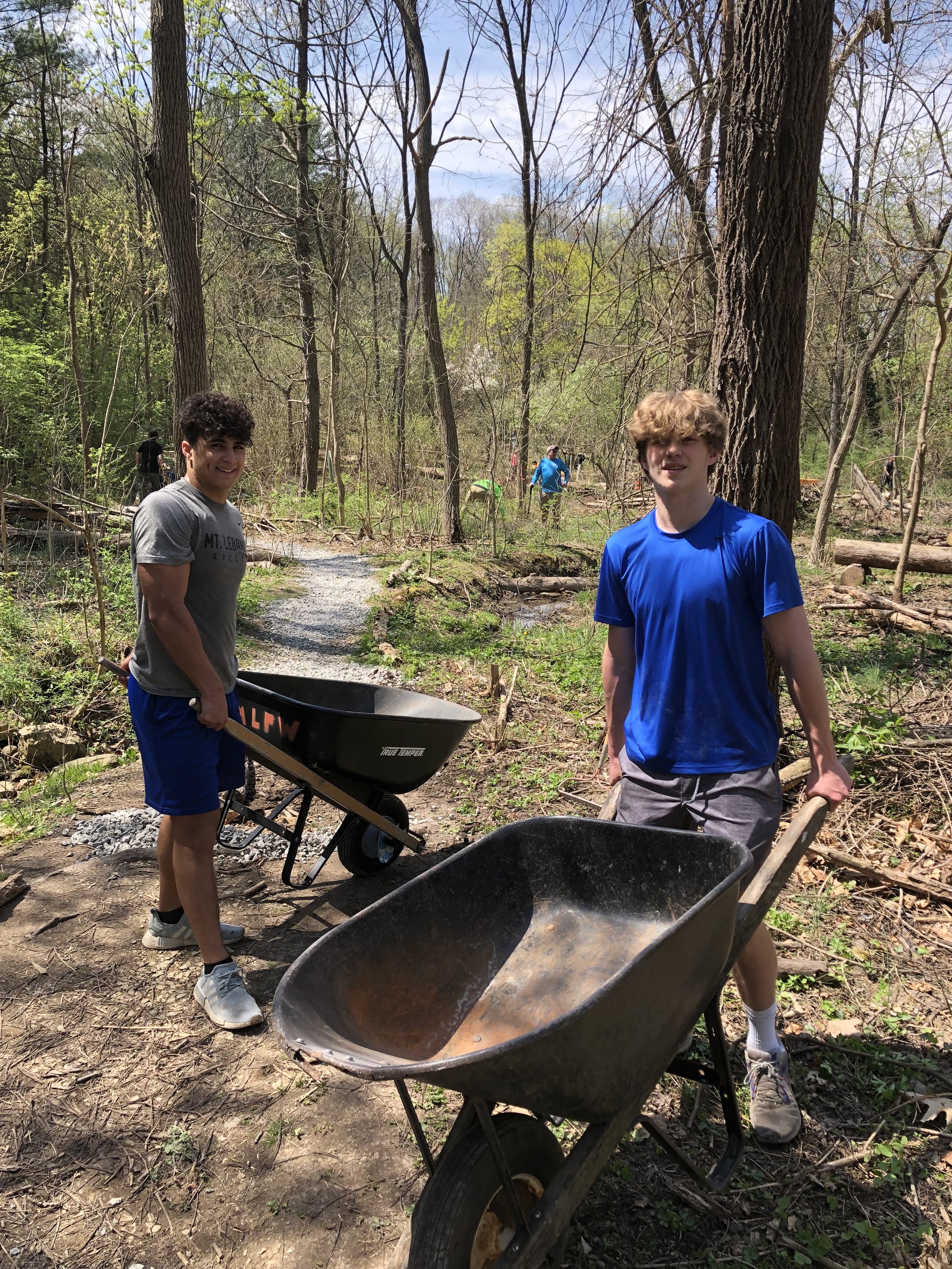
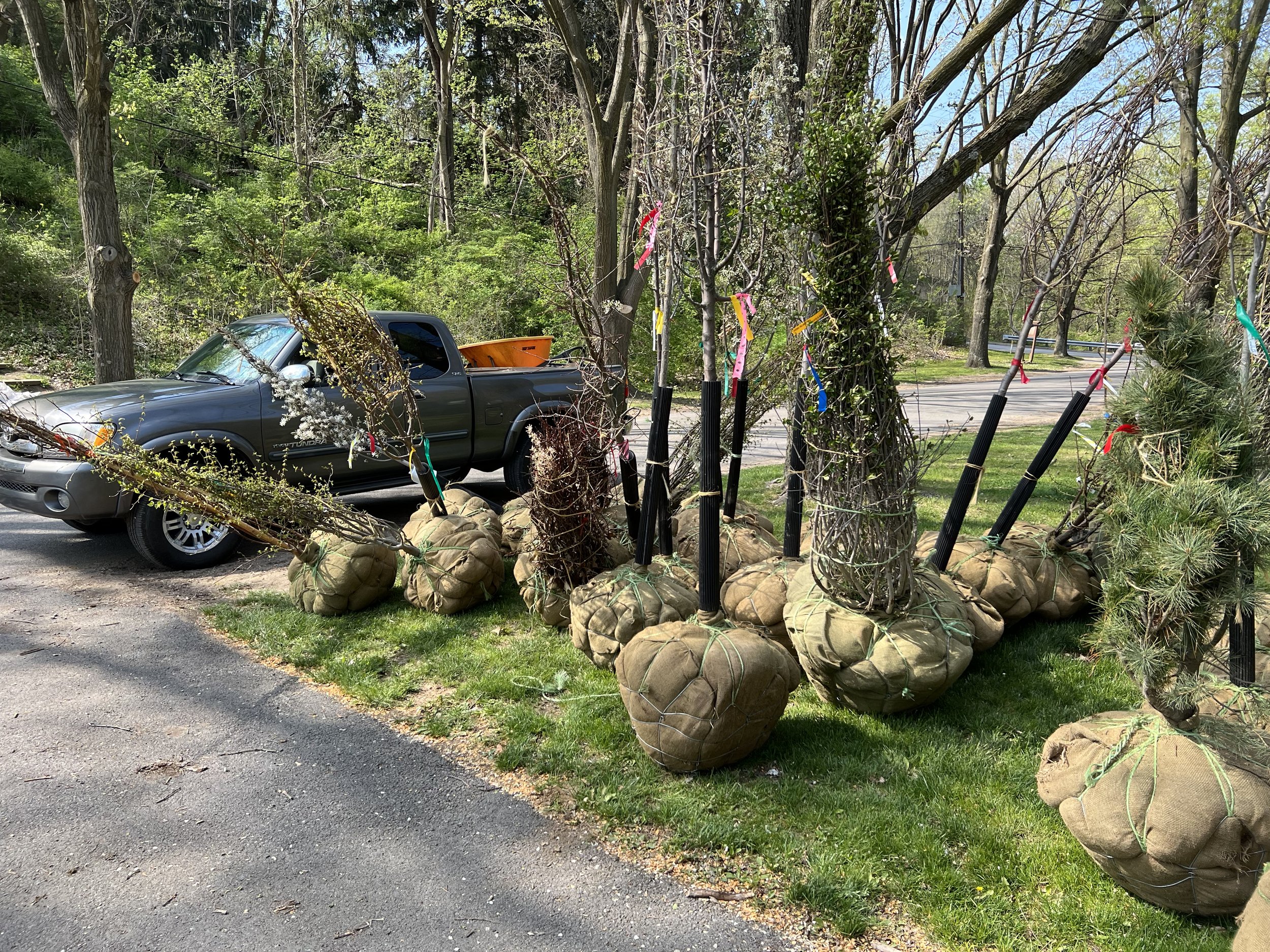
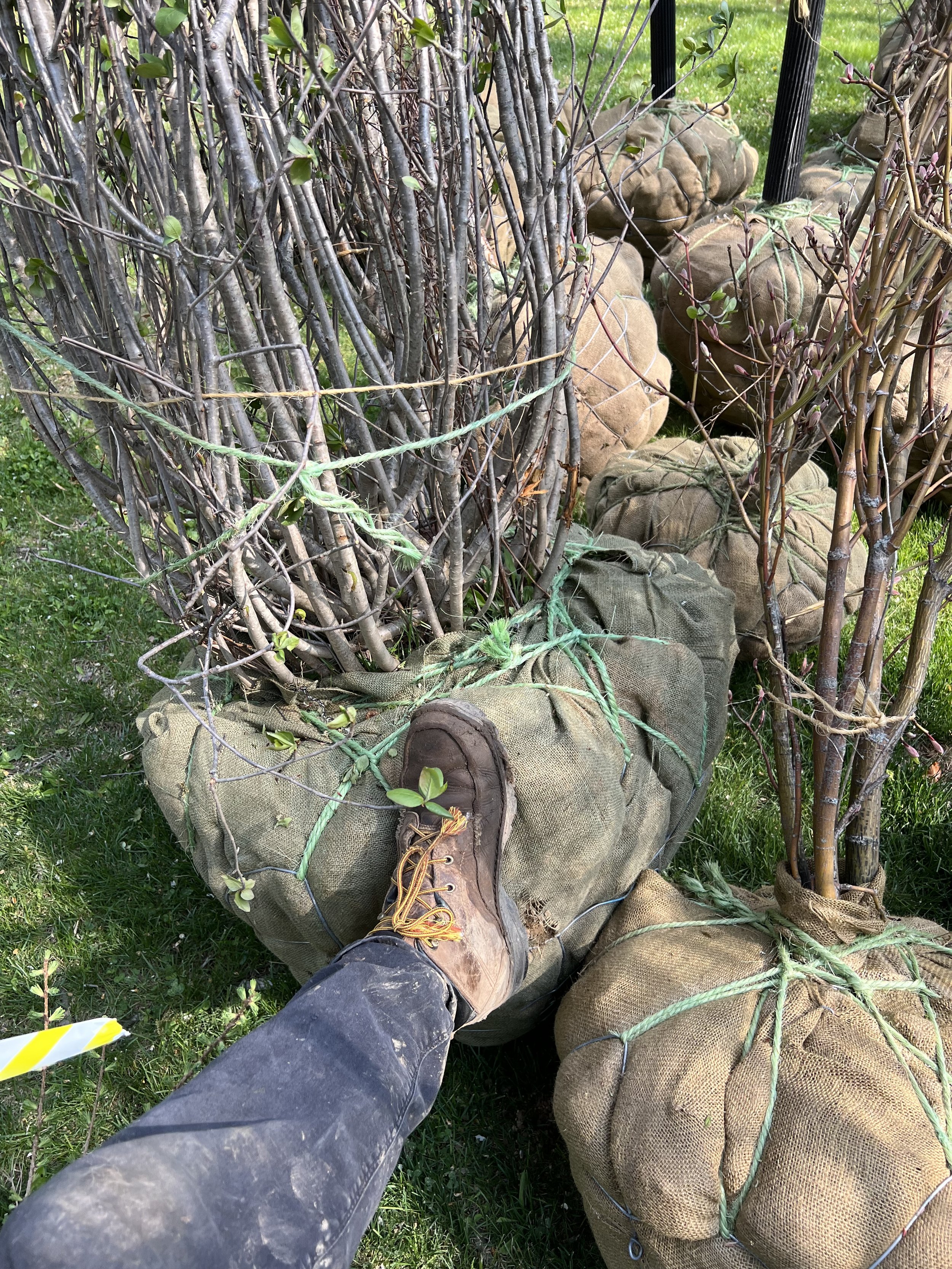

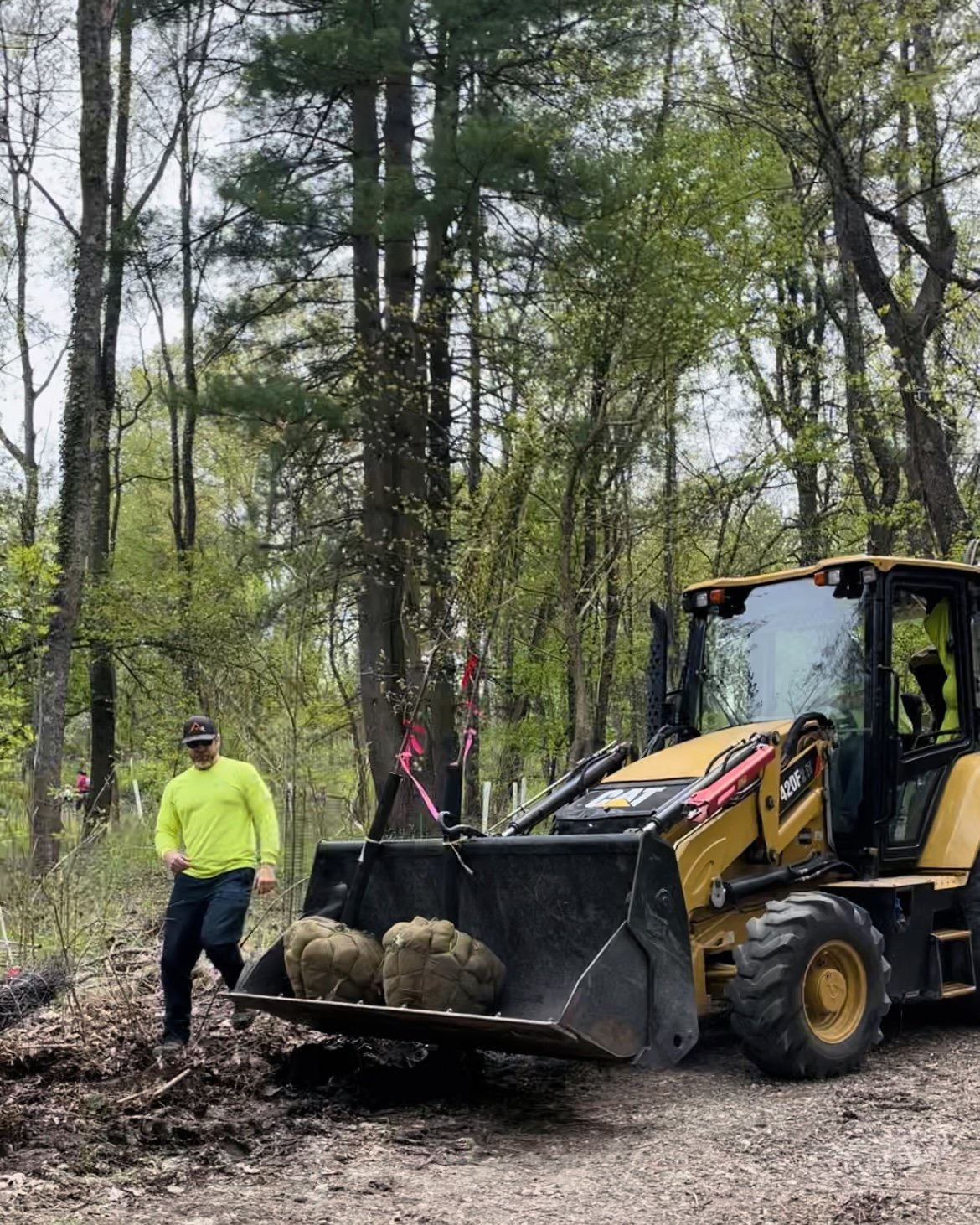

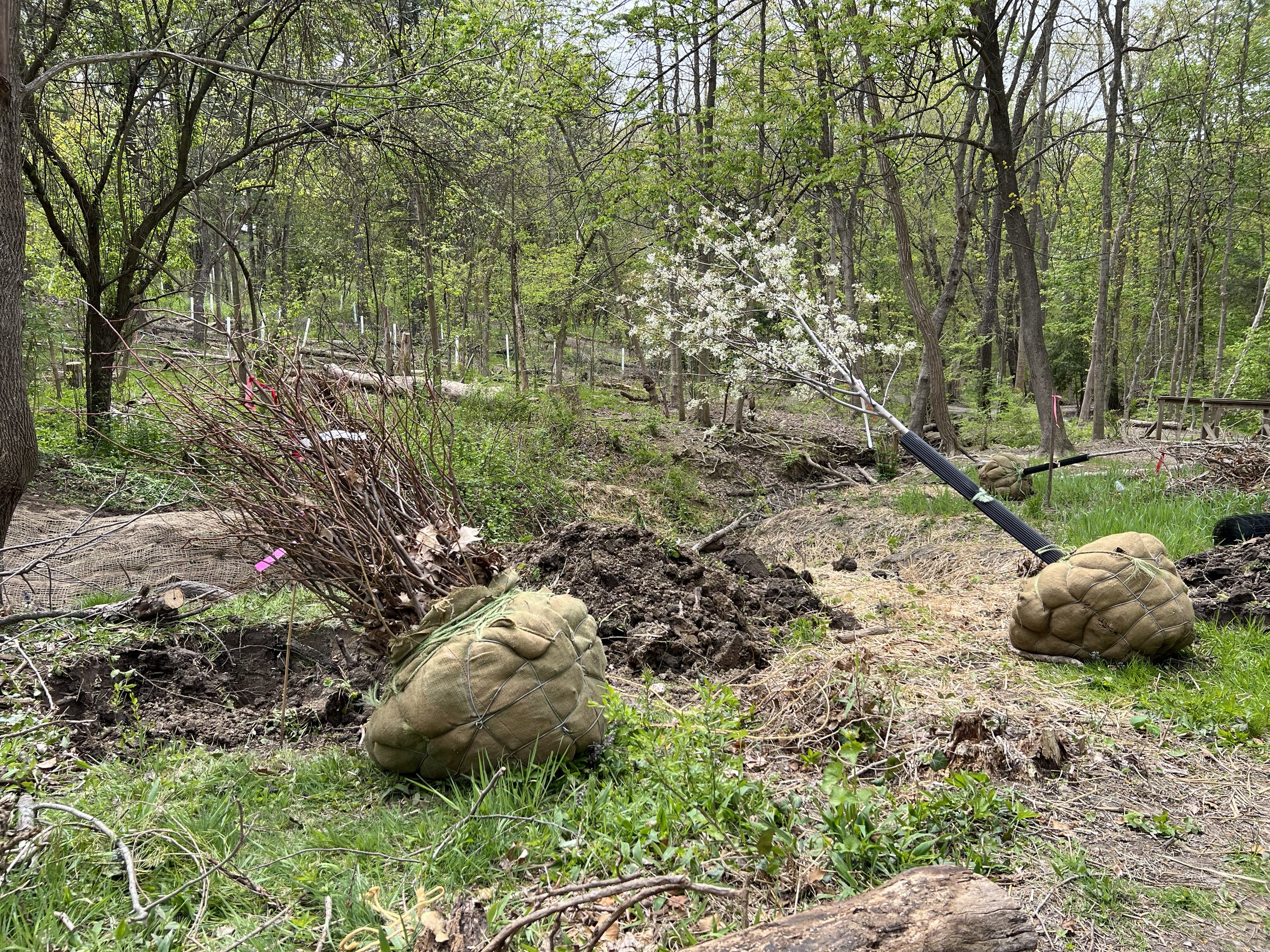
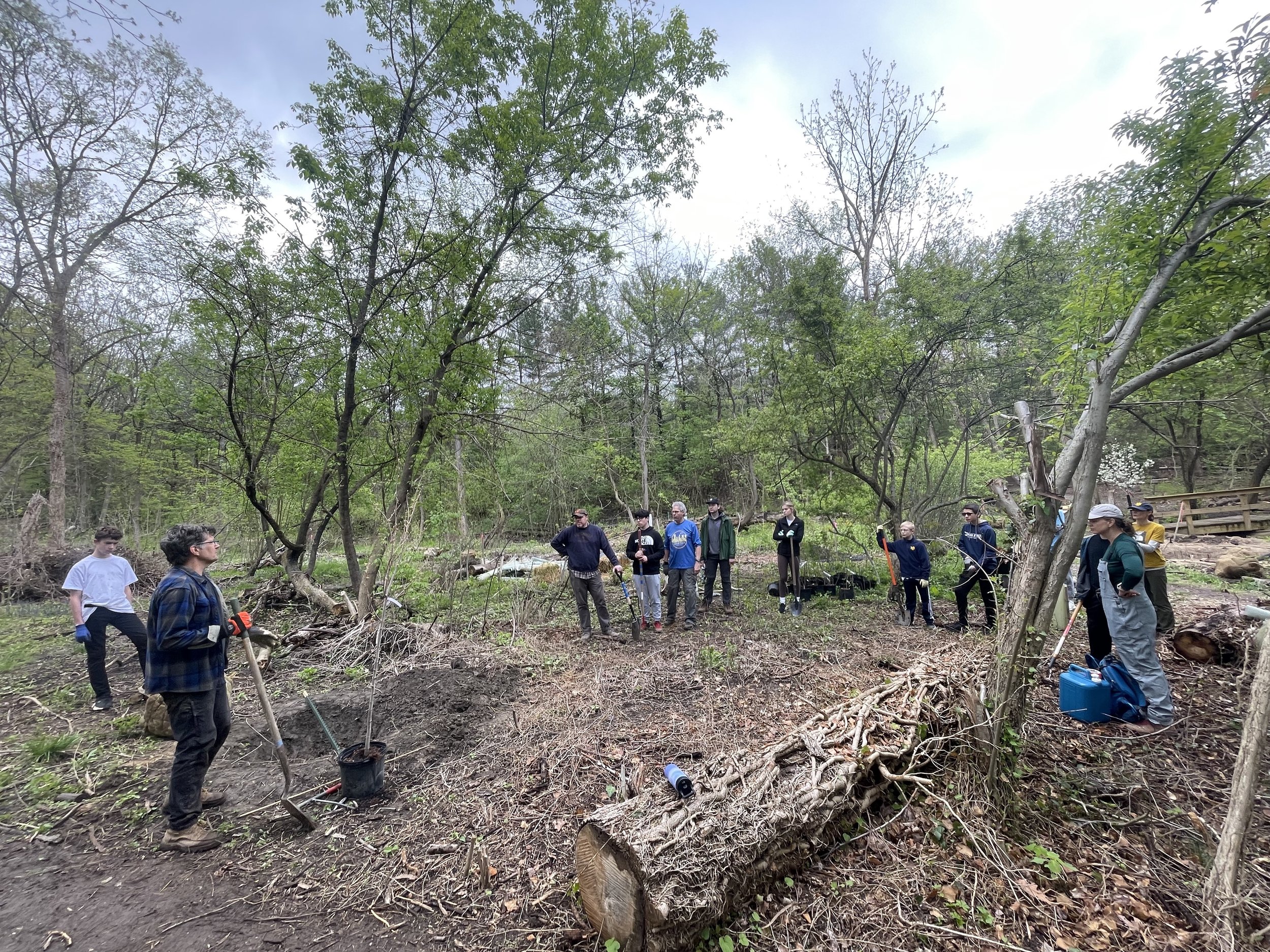

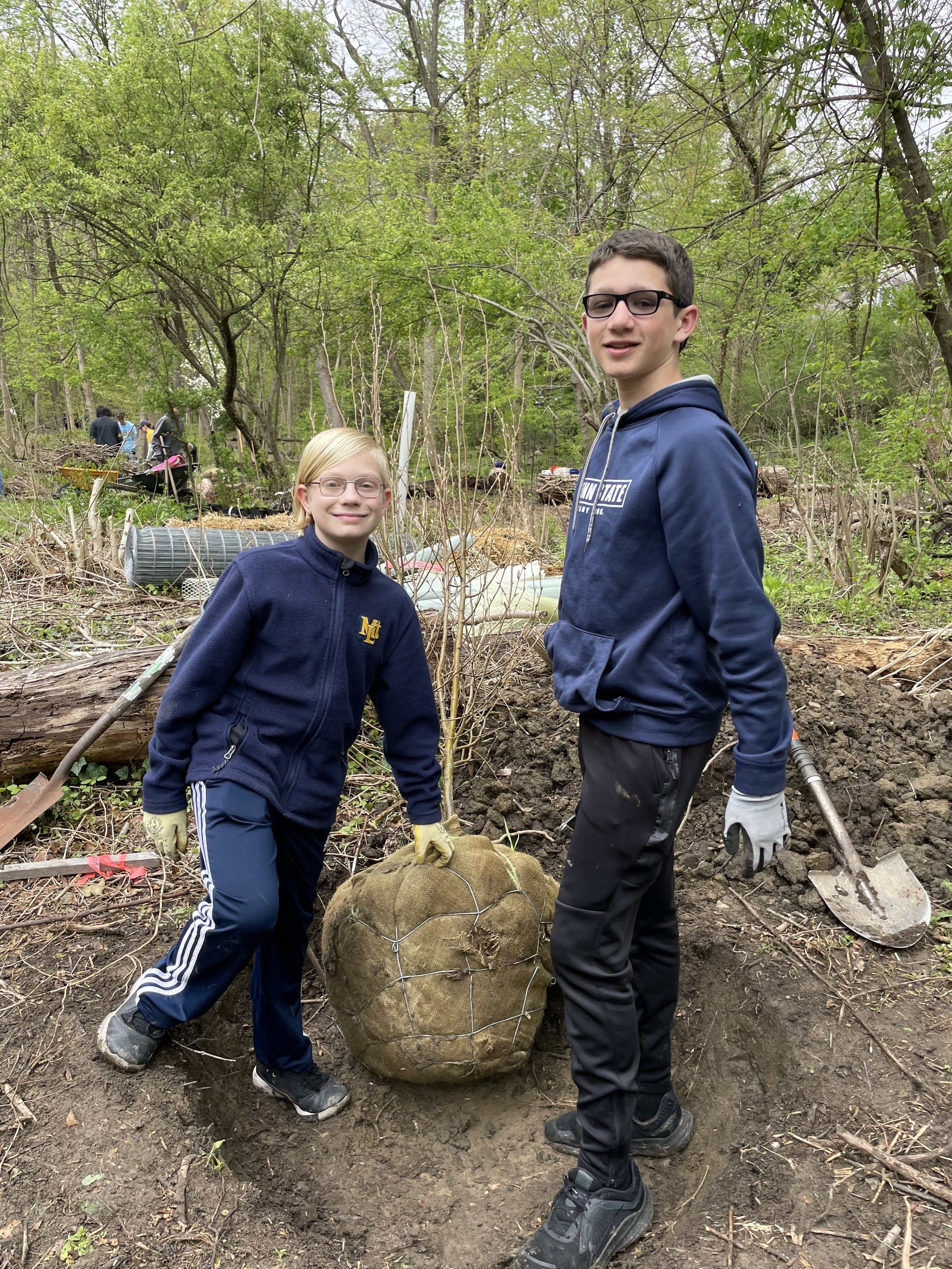
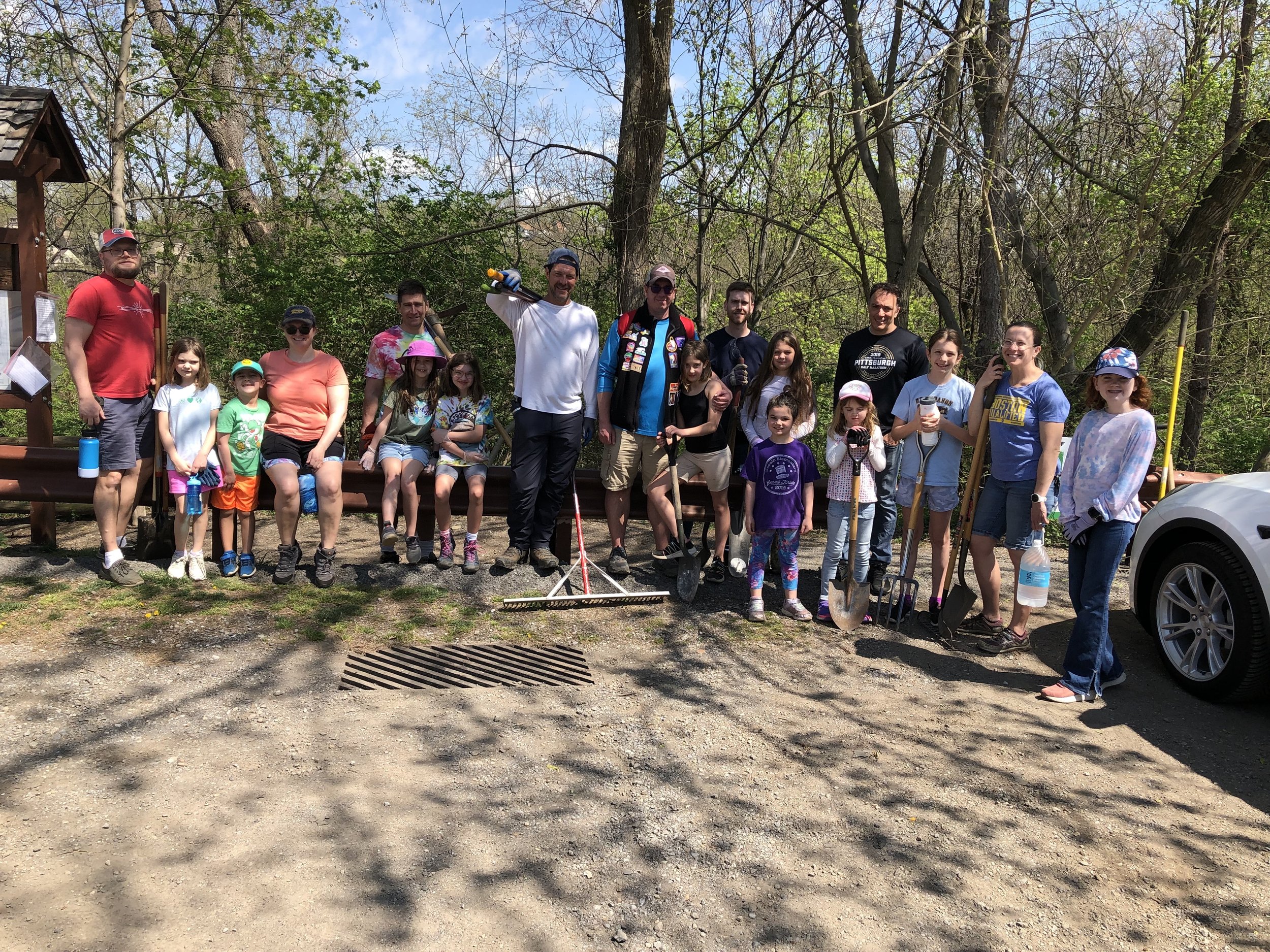
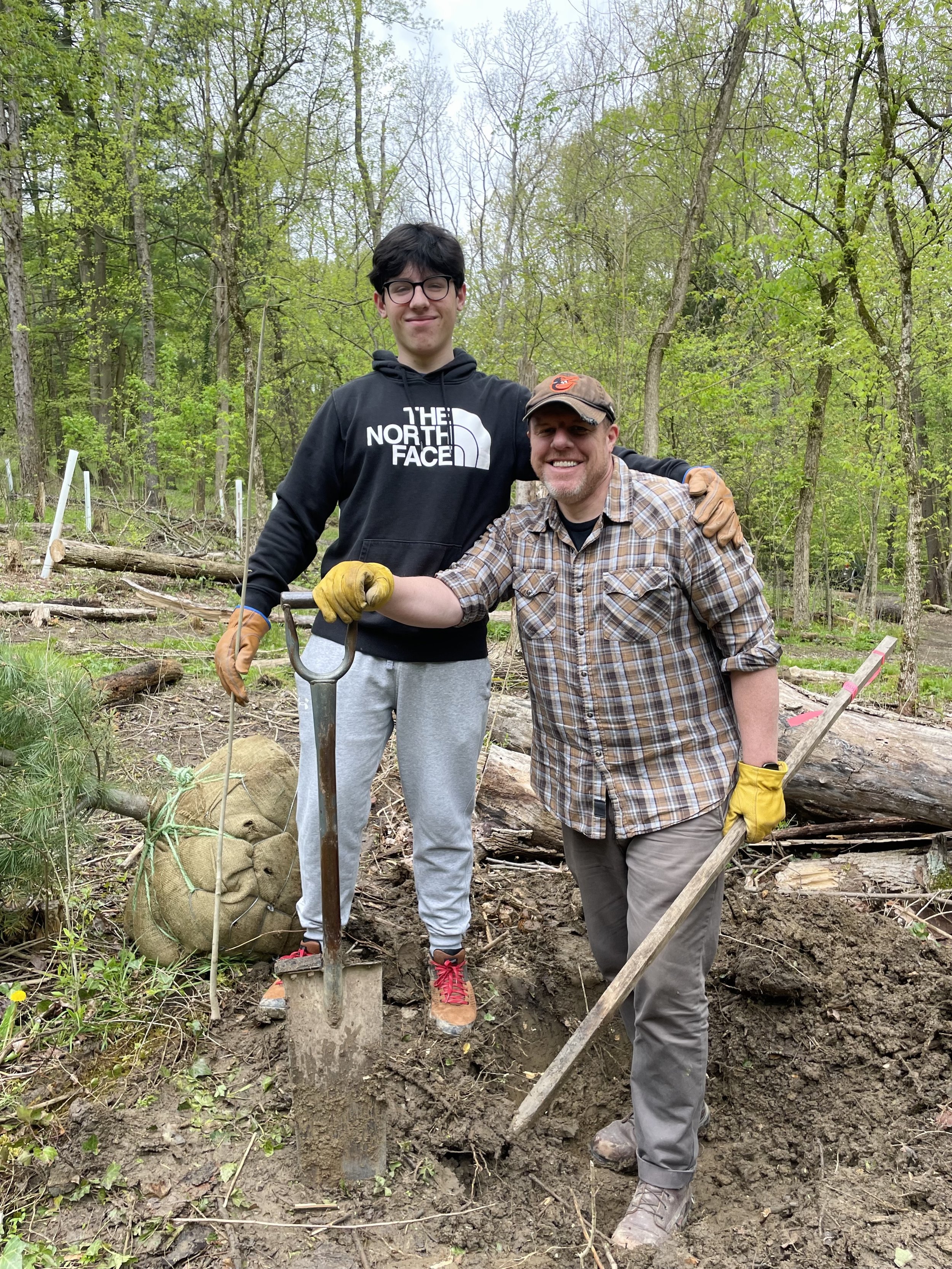

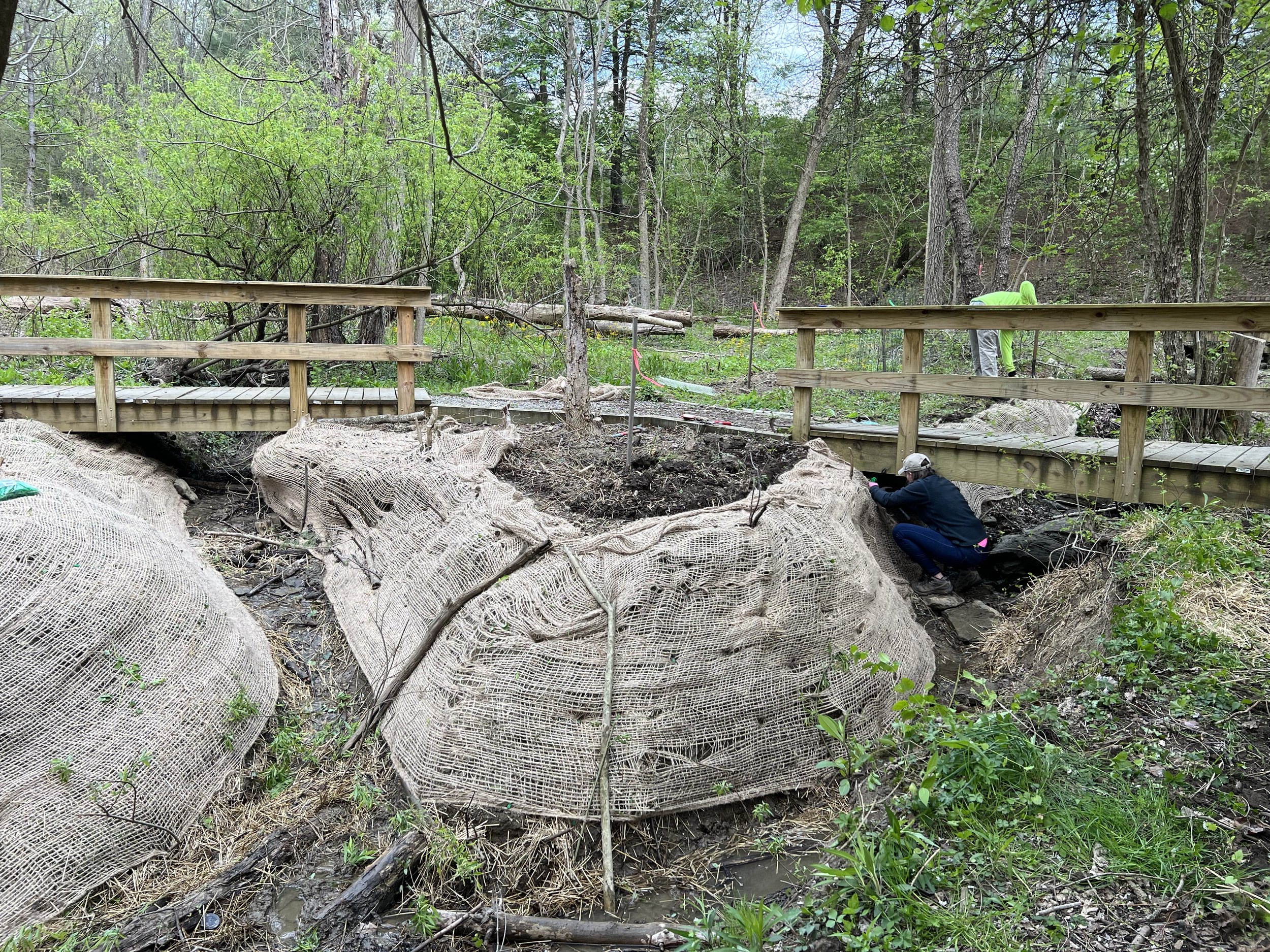
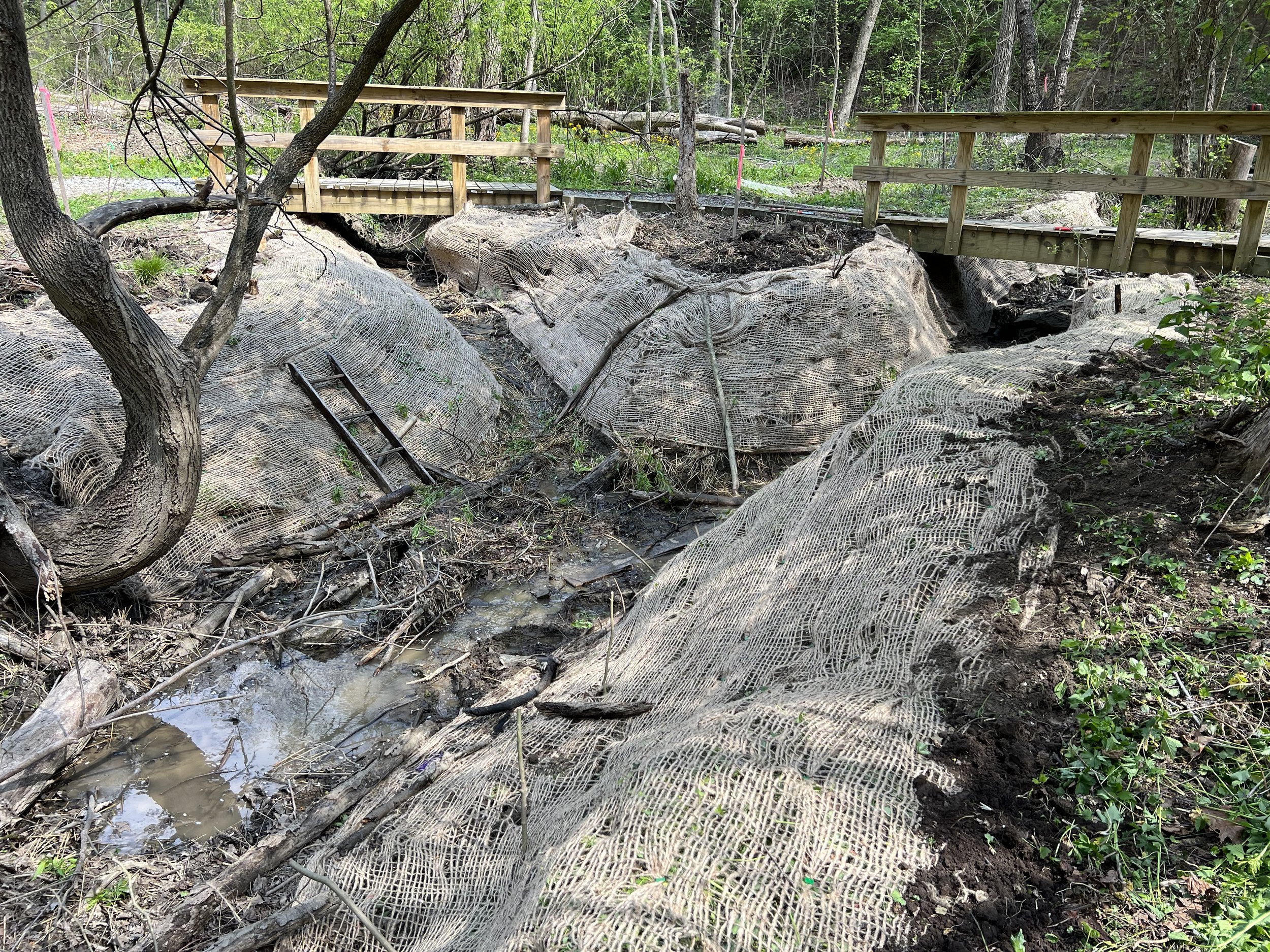
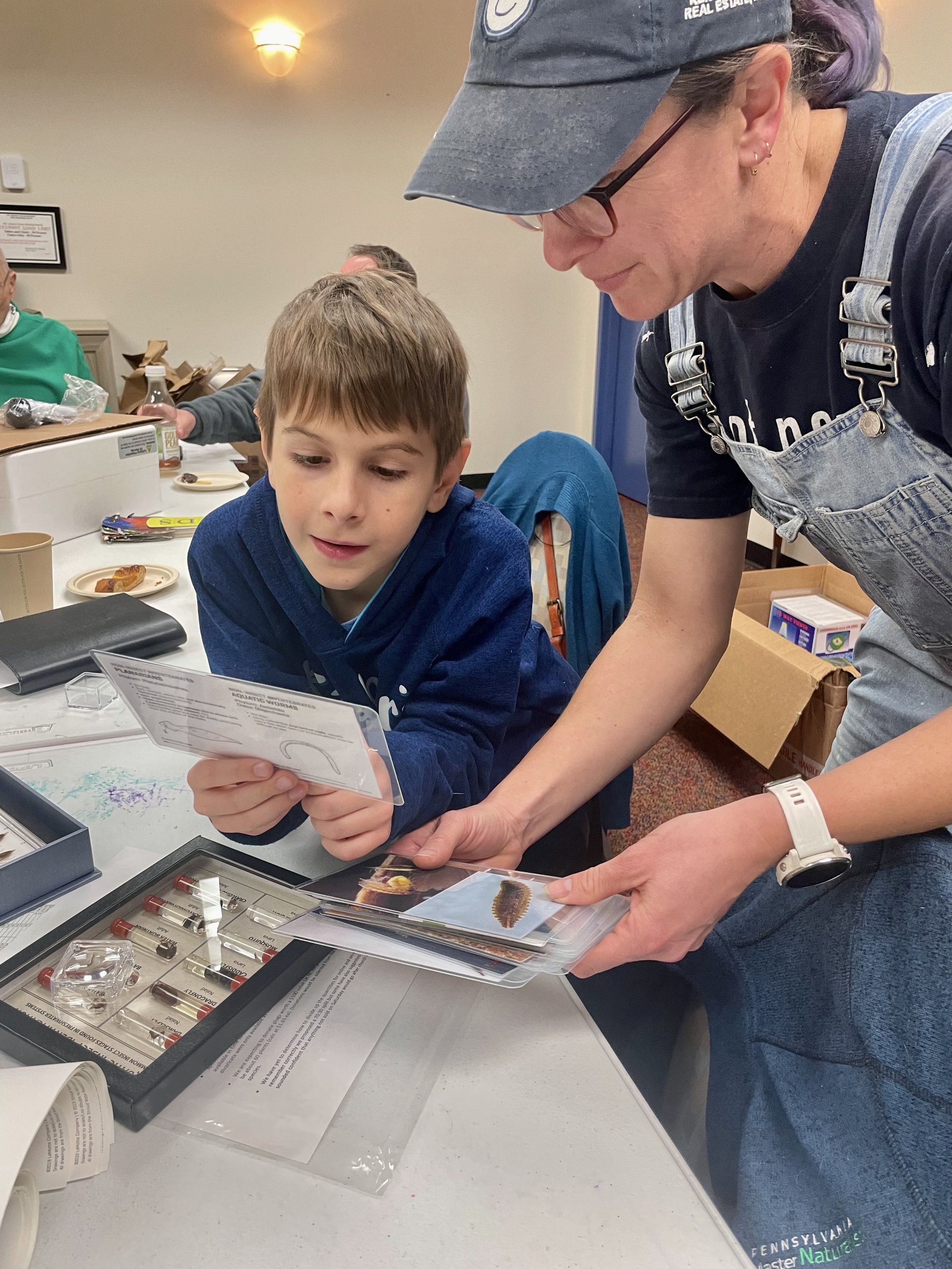

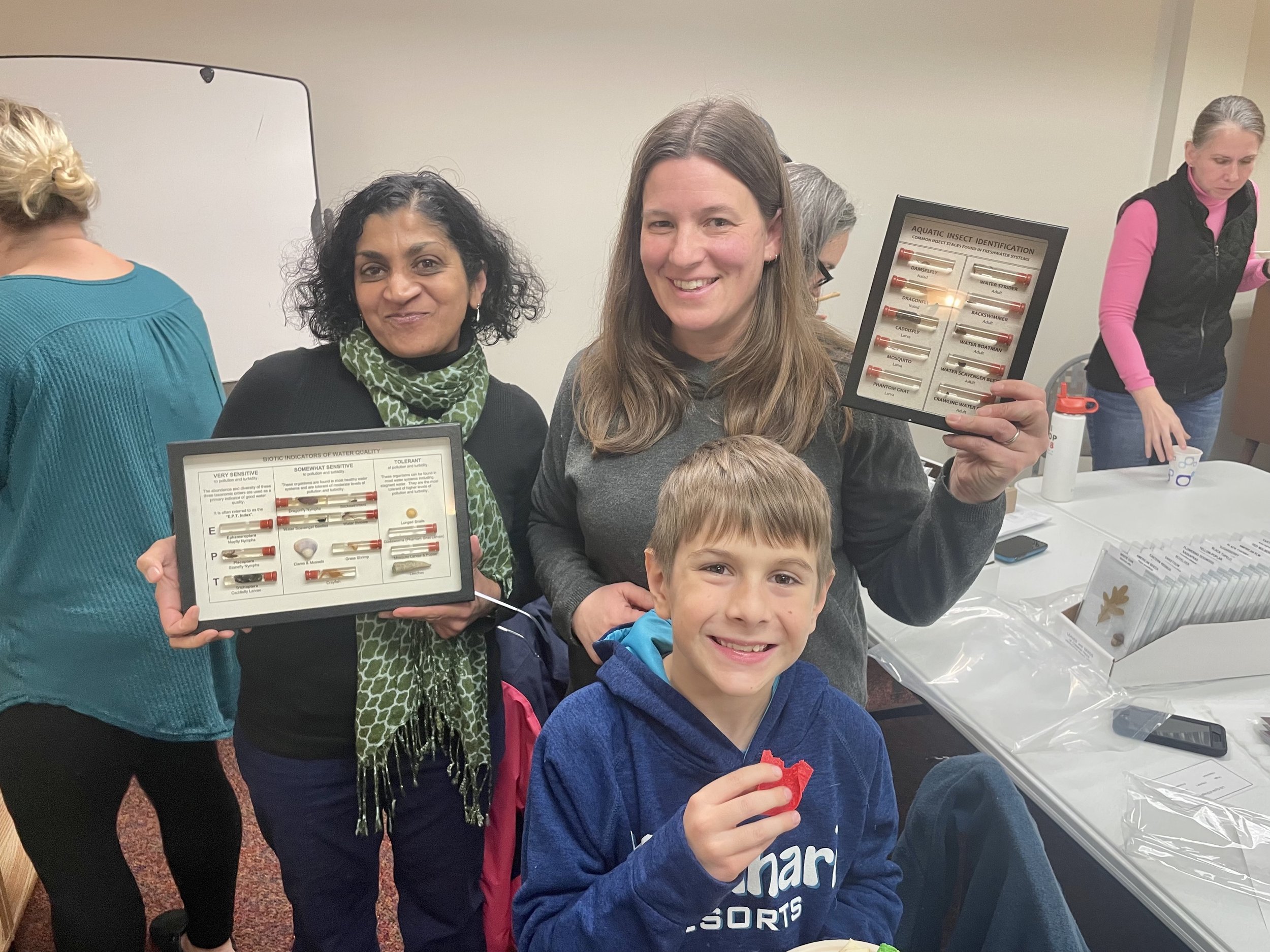


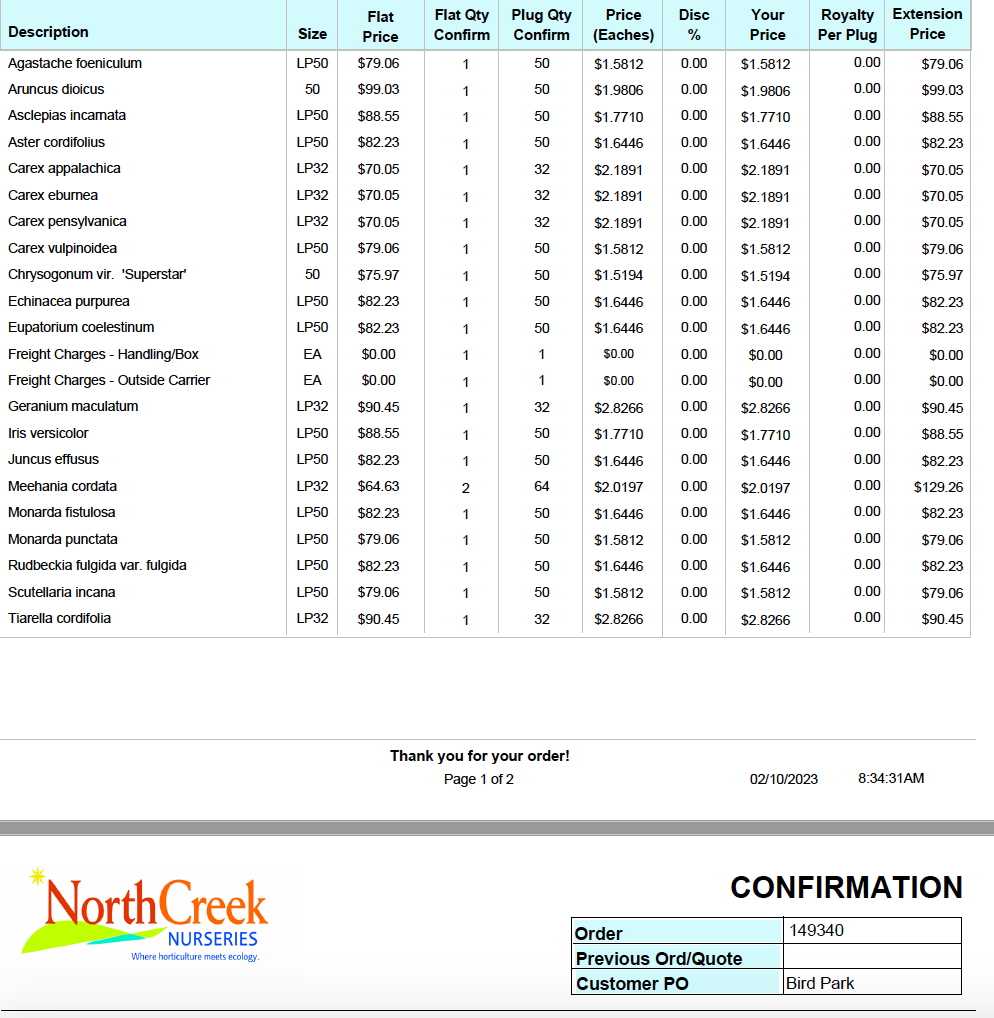
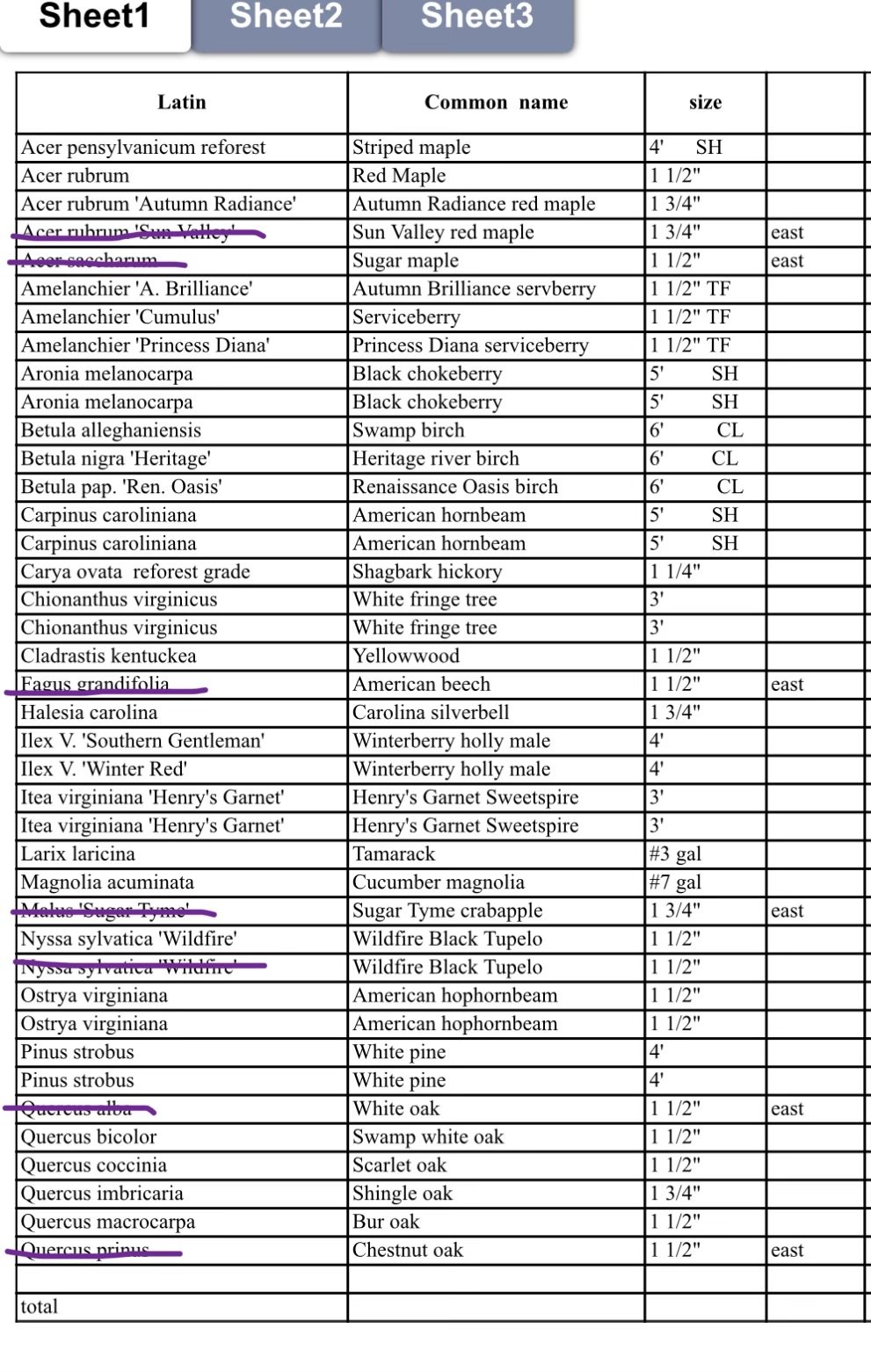

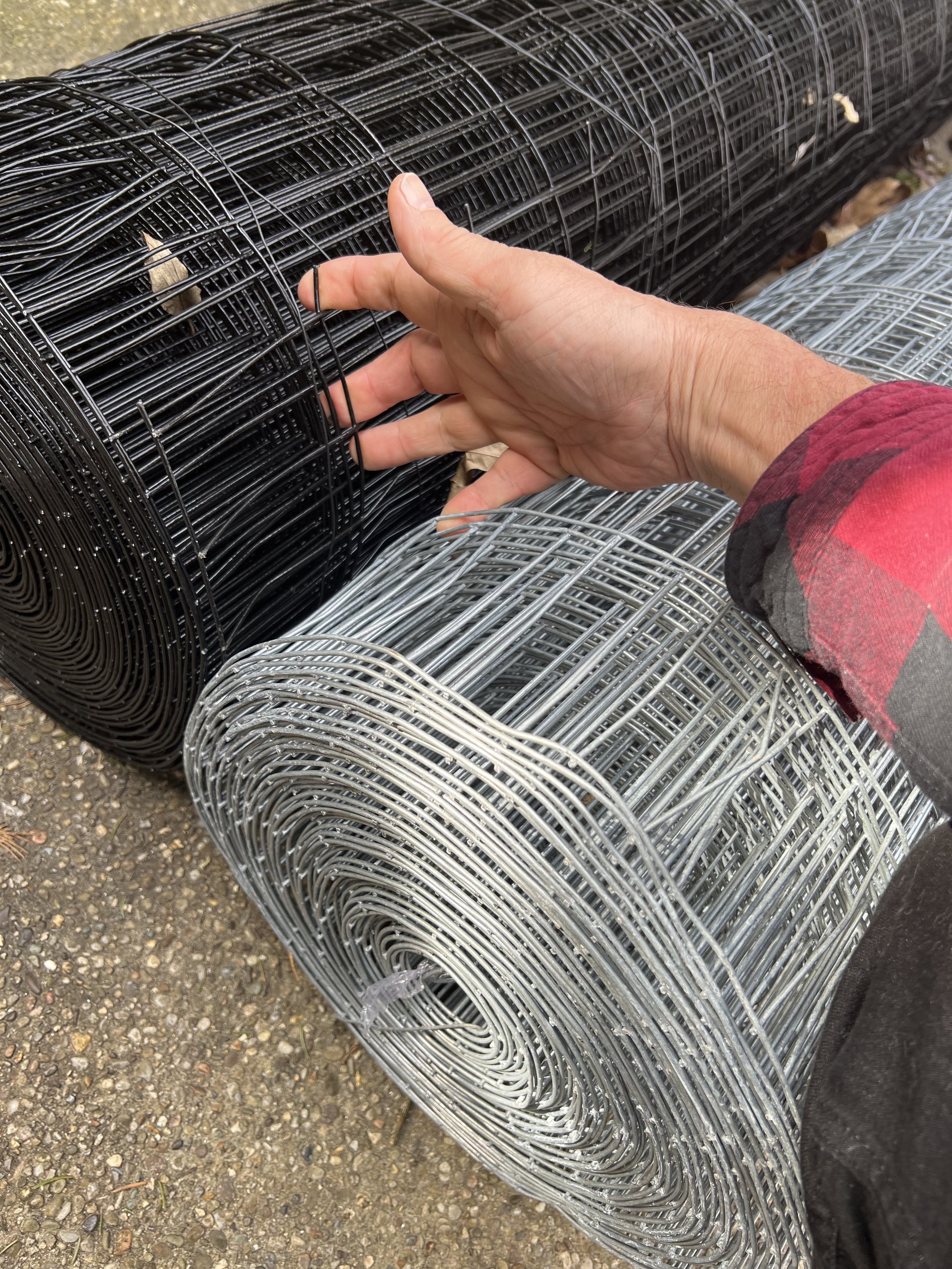
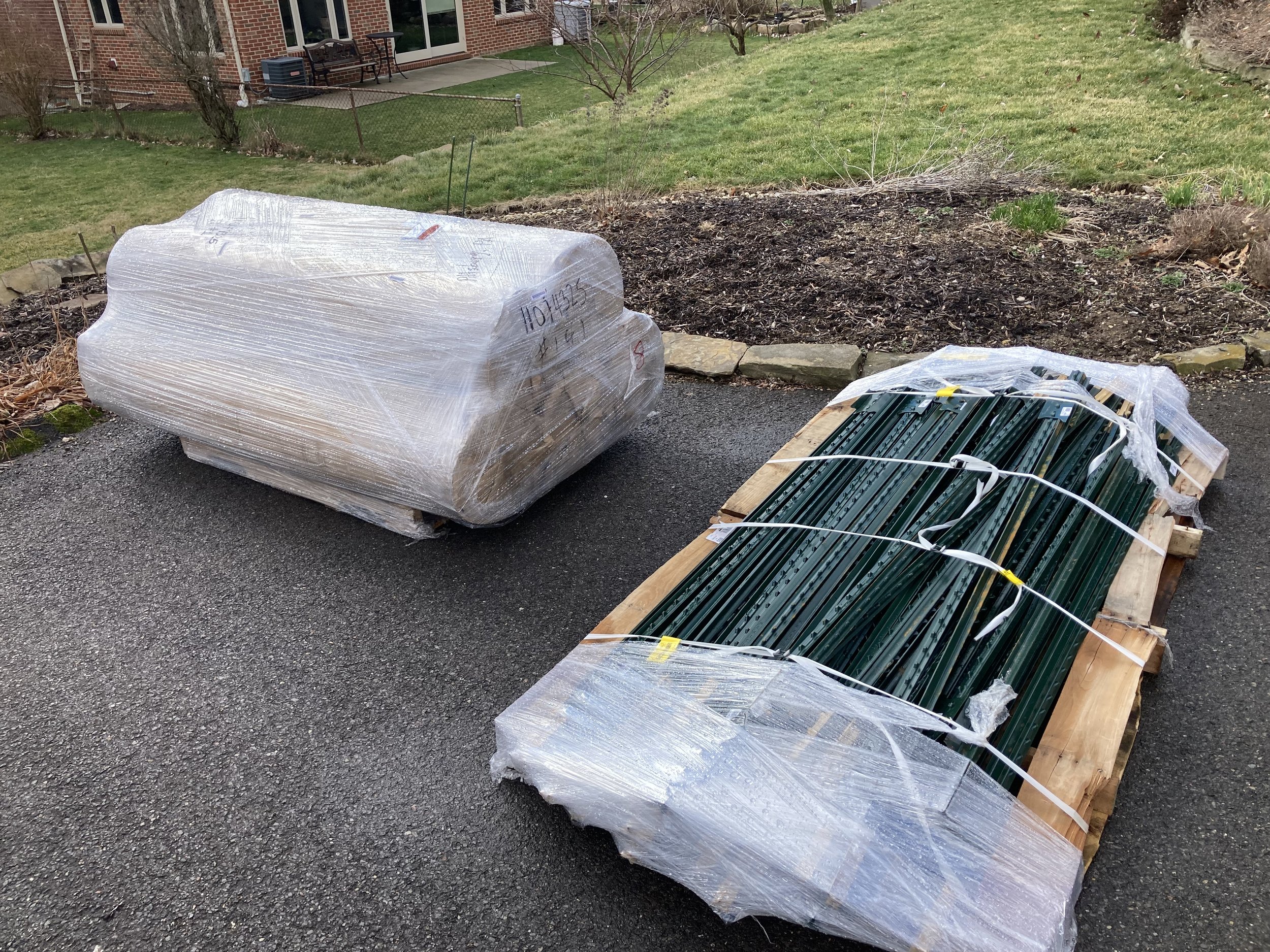
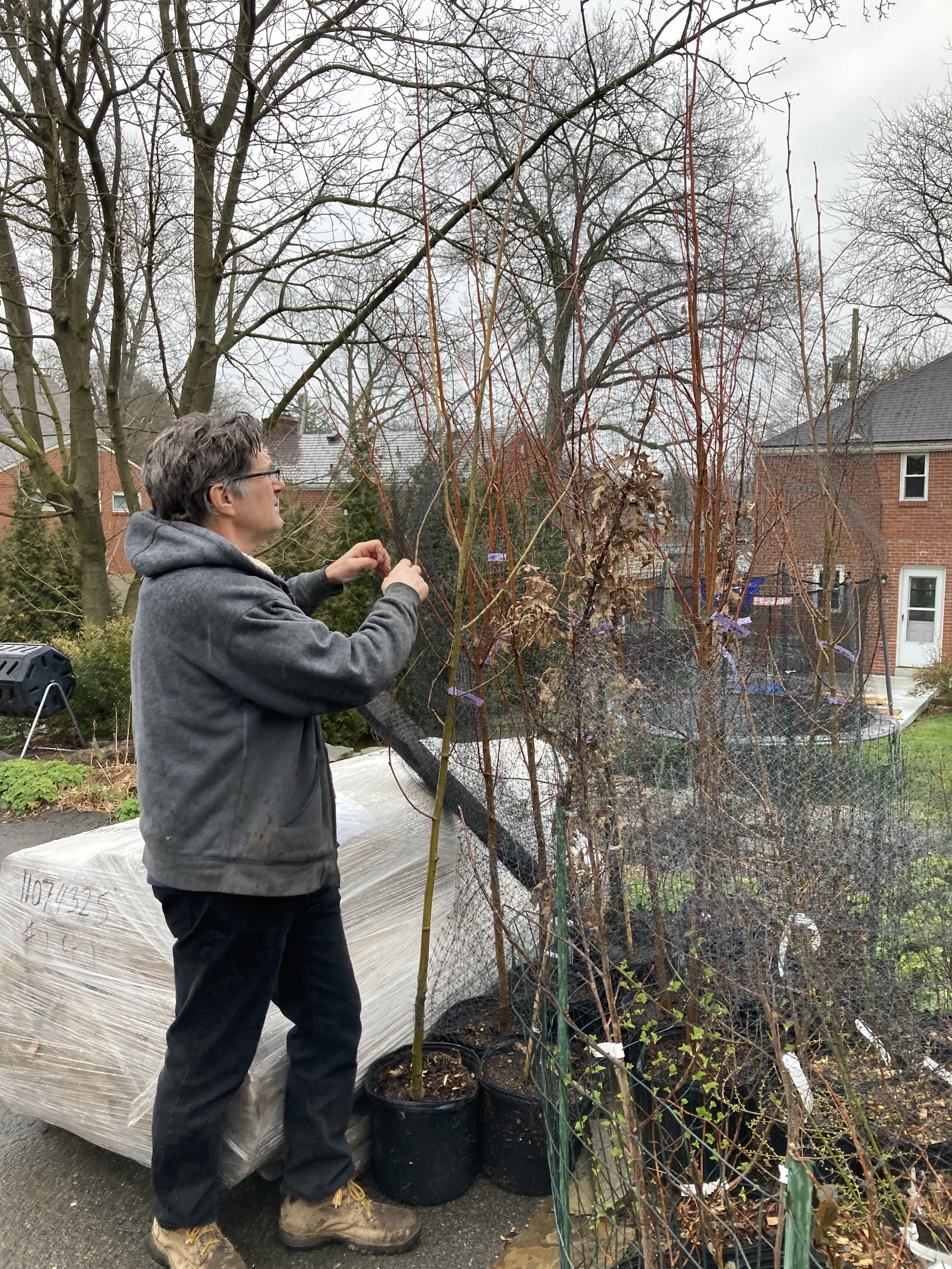
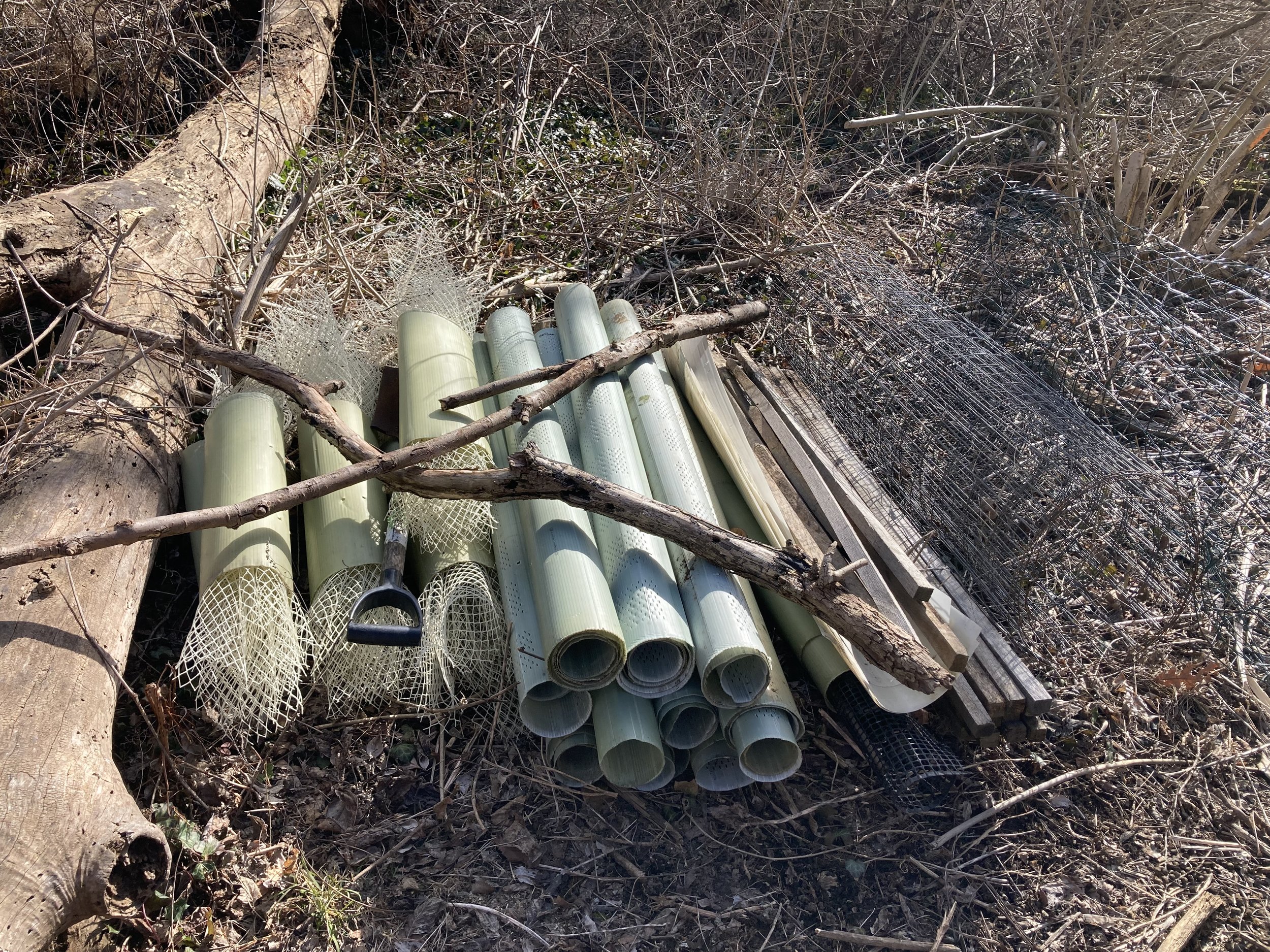
Spring 2024
Finishing touch!
Coming soon is an interpretive sign explaining the benefits of rehabilitating a riparian zone. This sign will be installed along a major path in Bird Park, near the foot of Youngwood Drive. The artwork was made by Mt. Lebanon artist Hannah Jones.
FALL 2023
On the first day of Fall 2023, volunteers tackled the final tasks to establish the Bird Park Riparian Initiative rehabilitation area. Of course this will require ongoing vigilance, but the fundamental woodland restoration steps are now complete.
Volunteers stacked brush, pulled out invasive stilt grass and regrowth of baby privet and bush honeysuckle, and planted about 200 perennials. These were plants that weren’t available from the nursery in the spring, and that needed to be installed after the heat of summer had passed. They include Joe Pye weed, royal fern, Canada anemone and mountain mint.
midsummer 2023 - grant report, interpretive sign, Eagle scout project
Remaining work on the project includes preparing an interpretive sign that will explain what a “riparian zone” is. Local artist Hannah Jones is creating the illustration.
Junior board member Arul Santoshi led a huge volunteer effort in July as part of his quest to become an Eagle Scout. Arul assembled nearly 50 volunteers for a day’s work in the riparian zone. This group rebuilt 400 feet of trail, hardening it with 11 TONS of gravel supplied by Mt. Lebanon Municipality’s DPW. Volunteers also moved mulch and contributed to general tidying up. Arul also built and installed an owl box and four other bird boxes in the riparian area.
We filed our final report with the project’s major funder, American Water Charitable Foundation. Check out the report here.
EARLY Summer 2023 - Install Perennials!
In early summer, Conservancy volunteers:
Installed fencing to create deer exclosure “planting pods,” which will protect new perennials while they get established.
Hauled and spread 8 cubic yards of mulch
Created planting plans for each pod, matching right plant, right place.
Planted about 900 native perennials, with more coming in the fall. The plants - flowers, sedges, rushes and ferns - are inside the planting pods and scattered throughout the project area. They are all “deer resistant” species, but we all know this is not a guarantee!
Add signs on the pods explaining the planting plans, deer exclosure fencing … and seeking summer volunteers.
Spring 2023 - Plant, plant plant!
Conservancy volunteers worked in the spring to:
Continue clearing the site for planting, including moving logs and invasive plants and shrubs
Install erosion-control mats on the streambank. Some was donated by a regional resident, Cindie Wilson. Thank you!
Harden muddy, eroded trails with gravel and mulch supplied by Mt. Lebanon’s Department of Public Works
Pre-dig tree-holes
Plant trees and shrubs
Winter 2023 - Order supplies
The Conservancy used the winter months to order supplies for the project:
Native trees and shrubs from Schichtel’s Nursery in upstate New York, Tree Pittsburgh, and Habitat Solutions, a local native plant nursery. Mt. Lebanon’s Department of Public Works helped enormously with the Schichtel’s order, allowing the Conservancy to piggyback on the municipal street tree order and covering the shipping costs. Habitat Solutions gave us a great price on trees. Thank you!
Native perennial flowers, grasses and ferns from North Creek Nurseries in eastern PA.
Hands-on educational supplies to refresh the materials for the nearby School in the Park educational stations.
Fencing and posts for deer protection.
Erosion control blankets for the stream banks.
The Conservancy also worked with Argentine Productions to begin planning the interpretive sign that will be installed in the project area. This is a local firm specializing in educational materials for parks and historic sites that donated its professional services. Thank you!

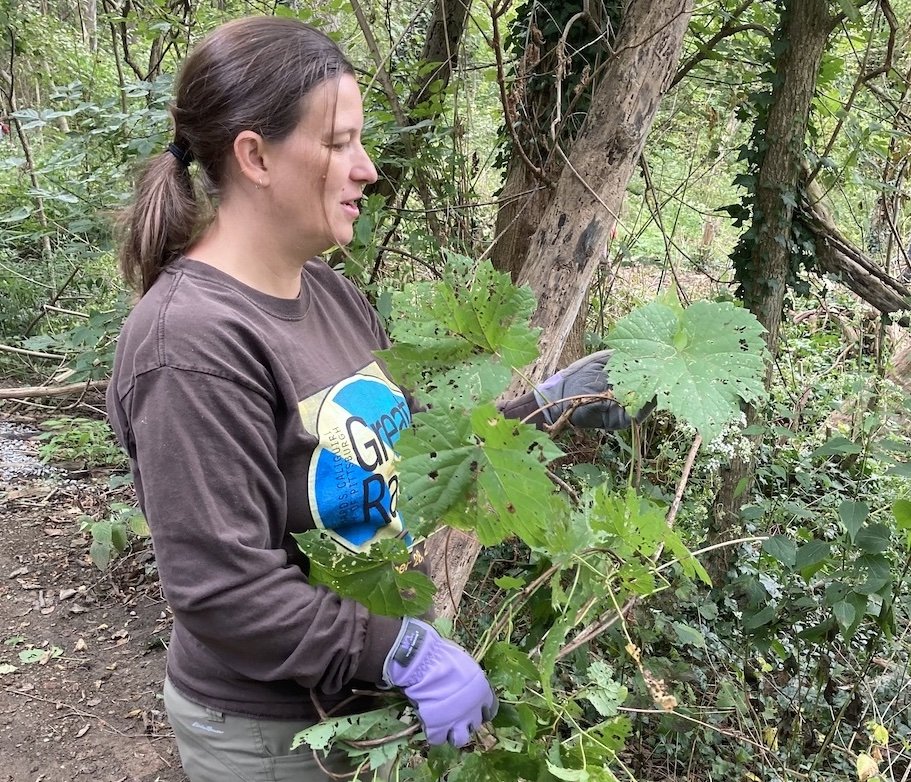


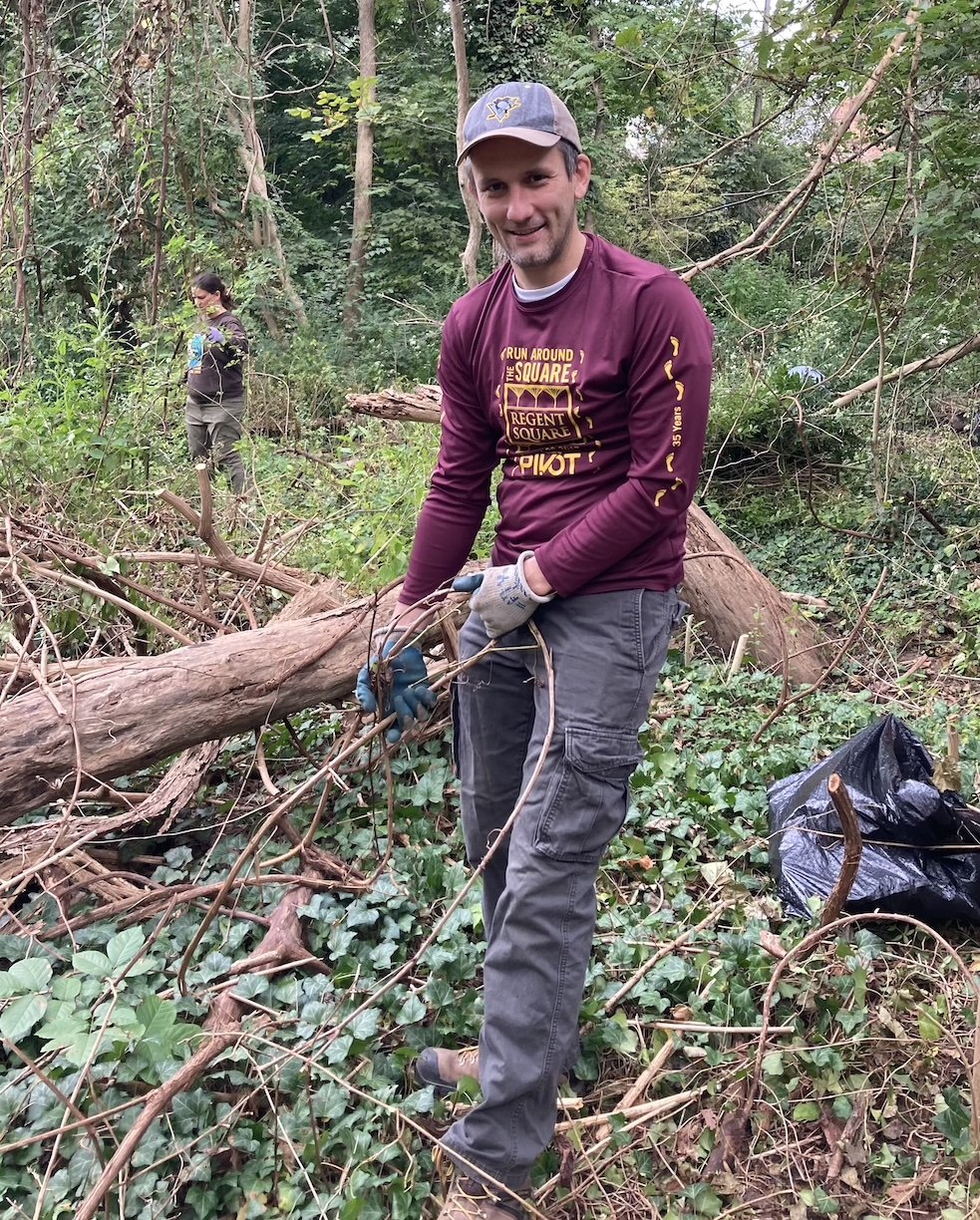



FALL 2022 — site preparation - INVASIVE plantS REMOVALS
In Fall 2022, Mt. Lebanon Nature Conservancy volunteers participated in several work parties to remove invasive plants from the 0.6-acre project site. The tasks included lopping shrubs like Japanese honeysuckle and privet, vines including autumn olive and bittersweet, and groundcovers like English ivy and vinca. These efforts were part of site preparation for spring 2023 plantings.
FALL 2022 - SITE preparation - Mt. lebanon public Works dept pitches in
Mt. Lebanon’s forestry team and other workers tackled some jobs that were too treacherous for volunteers. The DPW workers cut down almost two dozen dead trees (mostly ashes killed by the emerald ash borer infestation) and sprayed herbicide on poison ivy. This made the site a lot better for volunteers to work in, and helped reveal bare spots where trees should be planted in Spring 2023.
Game-changer grant from American Water Charitable Foundation
American Water Charitable Foundation awarded the Conservancy a Water and the Environment grant, in the amount of $16,217 in August 2022. The grant is part of the Foundation’s Keep Communities Flowing Grant Program.
Grant funding paid for native trees, shrubs and ground covers; tree protection to prevent deer browse, an interpretive sign, and supplies for two nearby educational stations for School in the Park.
The Foundation is a 501(c)(3) organization established by American Water, the largest publicly traded U.S. water and wastewater utility company, and aims to support high-impact projects and initiatives that further American Water’s commitment to support ESG (environment, social and governance), as well as inclusion, diversity and equity.
Project planning
In 2020, the Conservancy’s board weighed potential next projects and picked the part of Bird Park where the stream is formed, mostly by stormwater runoff. Rehabilitating this 0.6-acre area would be a big effort for the Conservancy, but had the potential to make a huge difference in the park:
It is a high-visibility area, where lots and lots of residents could witness the transformation, contributing to community education about improving site ecology.
The project could improve stream water quality, enhancing the aquatic and riparian habitats.
The work could slow the rate and flow of the stream during storms, reducing erosion.
It could add to the biodiversity of the area by removing invasive plant species and adding all native plants.
It could enhance some aspects of the Conservancy’s School in the Park program.





